While most multi-family dwellings in New York City fall into neatly defined categories (e.g., co-op or condo, walk-up or elevator building), any property that contains two or more units is a multi-family dwelling. Buying a multiple-family dwelling (e.g., a duplex, triplex, or house with a legal basement apartment) can be an incredibly smart financial decision. Still, before you go on the market for a multi-family dwelling, it is also important to understand all the pros, cons, and responsibilities of purchasing and managing a home with one or more rental units.
In this article:
The pros of a multi-family building
The primary reason to purchase a multi-family dwelling is that under the right conditions, buyers can immediately put their property to work on their behalf. If the property is home to one market-rent unit or more, the rental income will offset and may even cover one’s monthly mortgage payments. Given the high cost of housing in New York City, generating revenue from one’s residential property is generally a win-win situation.
Owning a multi-family dwelling carries significant financial benefits, but with the additional income, also expect your taxes to get a lot more complex.
The Cons of Buying a Multi-Family Dwelling
If you’re purchasing a multi-family dwelling, it must be noted that everything from financing to taxes will be more complicated.
- Financing: Multi-family dwellings are often more costly than single-family dwellings, so the first obstacle will be coming up with a sufficient down payment. In addition, due to the potential risk (i.e., the fact that you’ll be relying on income generated from one or more rental units to pay down the mortgage), lenders may ask for a higher down payment (e.g., 25 to 30 percent). Finally, expect most lenders to pay additional attention to your debt-to-income ratio. After all, whether or not the property’s rental units are occupied by paying tenants, the mortgage will be your responsibility. Lenders will want assurance that you have the means to cover the entire mortgage, even when the property is not generating revenue (e.g., in between tenants).
- Inspections: In New York City, many co-op and condo buyers skip inspections. If you're buying a house, however, you'll definitely want to arrange for a thorough inspection, and this is particularly important when purchasing a multi-family dwelling. Among other things, you’ll want to ensure that the units you intend to rent out are legal and in good condition. Any problems with the rental units could negatively impact the property’s eligibility for insurance or the property’s appraisal value, which could, in turn, impact your eligibility for financing. Problems that aren’t visible on the surface (e.g., structural damage or hidden mold) could also pose a liability down the line.
- Taxes: Owning a multi-family dwelling carries significant financial benefits, but with the additional income, also expect your taxes to get a lot more complex. The IRS’s rules on rental properties are detailed in Publication 527, a 27-page document that outlines all the ins and outs of claiming rental income. Fortunately, there are also many tax advantages to owning a multi-family dwelling. In addition to being able to write off a variety of purchases and services (e.g., kitchen appliances and home repairs), rental properties are also subject to depreciation, which essentially enables you to deduct the cost of buying and improving a rental property and to spread out the deduction over an extended period of time and related write-offs.
Responsibilities as the owner of a multi-family dwelling
Like it or not, if you’re buying a multi-family dwelling, you’ll need to be ready to become a landlord. Being a landlord is more than a title. It is a position that comes with a long list of responsibilities, and full details may be found in the ABCs of Housing. Chief among them are the following:
- General Maintenance: As a landlord, you must ensure that all common areas are clear, safe, well-lit, and maintained in full compliance with the Housing Maintenance Code (HMC) and Multiple Dwelling Law (MDL).
- Snow Removal: This past winter was one of New York’s warmest, but we will more than likely see more snow and ice in coming years. In that case, it is the owner’s responsibility to clear snow and ice from the front of their building and surrounding sidewalks in a safe and timely manner (full details on snow season may be found here).
- Heat: Heating is also your responsibility. Indeed, you must provide your tenants with heat between October 1st and May 31st. When the outside temperature dips below 55 degrees between the hours of 6:00 am and 10:00 pm, you must ensure that your units are at least 68 degrees Fahrenheit. Between 10:00 pm and 6:00 am, whatever the outside temperature, your rental units must be at least 62 degrees.
- Water: Tenants must have access to hot and cold water 24 hours a day, 365 days a year. Hot water must be kept at a minimum constant temperature of 120 degrees Fahrenheit.
- Leaks, mold, and pests: Even if you’re the Mayor of New York City, you are responsible for immediately addressing all leaks, mold, or pests in rental units under their watch. If not, you may be subject to fines.
- Safety: Landlords, not tenants, are on the hook to ensure that each unit has a working smoke detector and carbon monoxide detector and has a proper fire exit (e.g., a well-maintained fire escape).
- Child Safety: As a landlord, you must comply with local laws concerning lead-based paint and window guards.
- Paperwork: Finally, as a landlord, expect additional paperwork; this will include filing annual paperwork with the city regarding your compliance with lead-based paint regulations. If you have a residential property with three or more units (or you are renting out one or two units in a home in which you don’t also reside), you must also register the units with the NYC Department of Housing Preservation & Development (HPD). If the building is rent stabilized, you’ll also be expected to register with NYS Homes and Community Renewal (HCR).
Select multi-unit buildings for sale in NYC
Downtown
134 Sullivan Street, #TH
$6,500,000 (-30.1%)
SoHo | Townhouse | 6+ Bedrooms, Unknown Baths | 4,752 ft2
134 Sullivan Street, # (Sothebys International Realty)

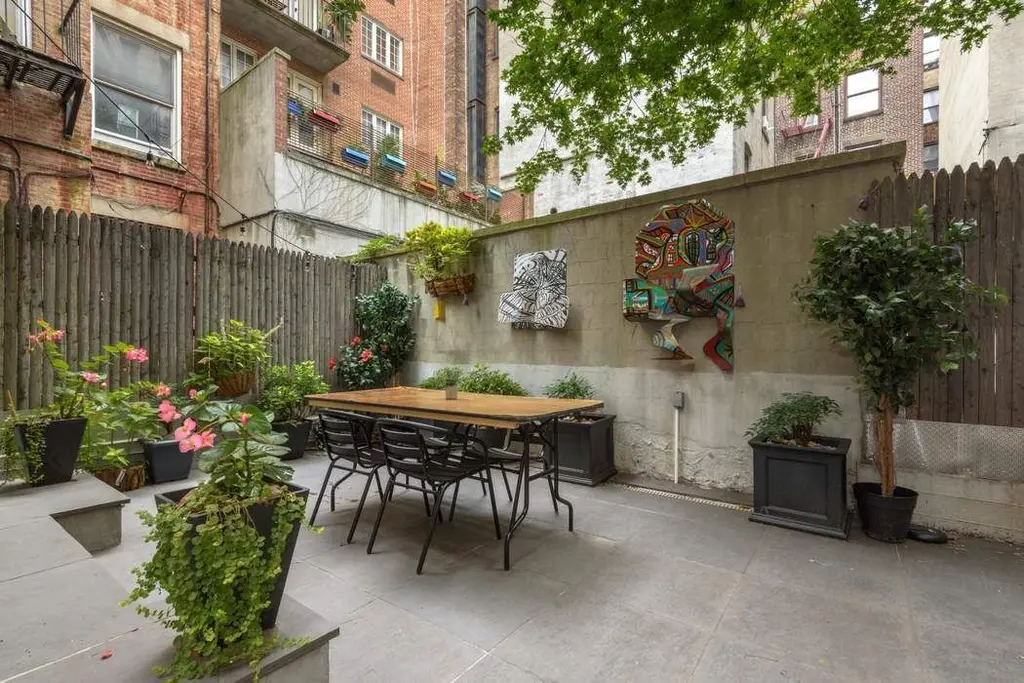
116 West Washington Place, #TH
$7,700,000
Greenwich Village | Townhouse | 4 Bedrooms, 4 Baths | 4,650 ft2
116 West Washington Place, # (Yoreevo LLC)
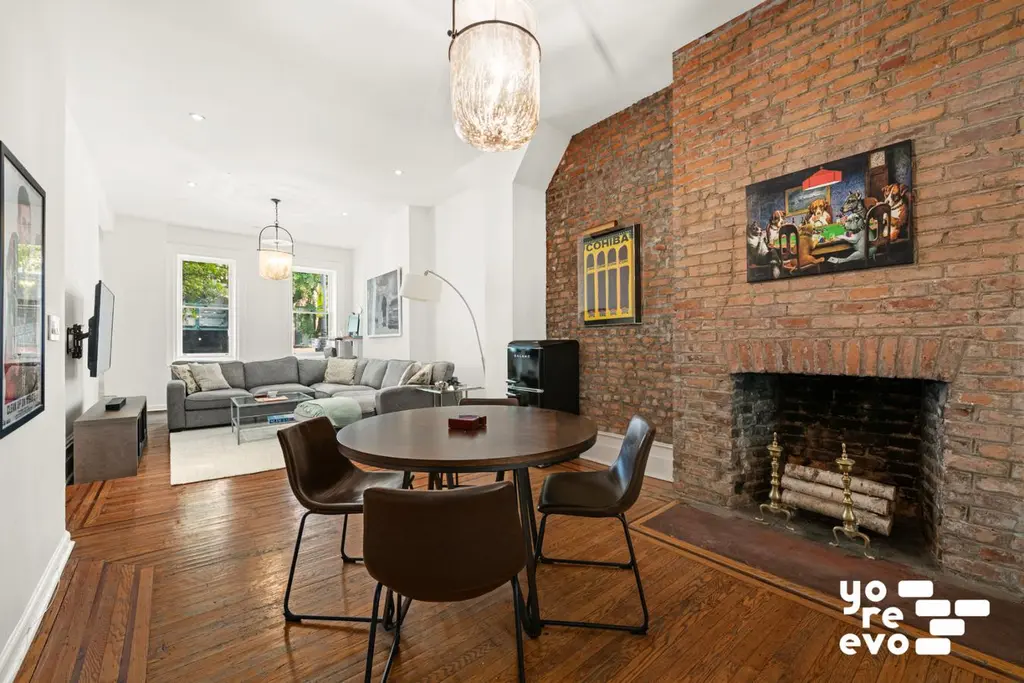
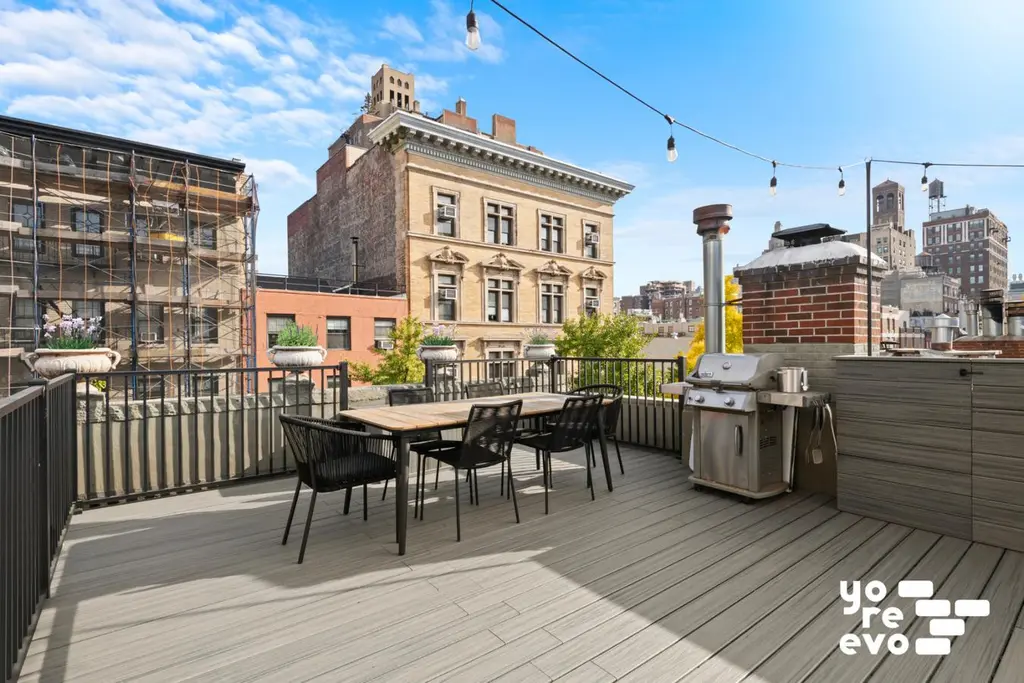
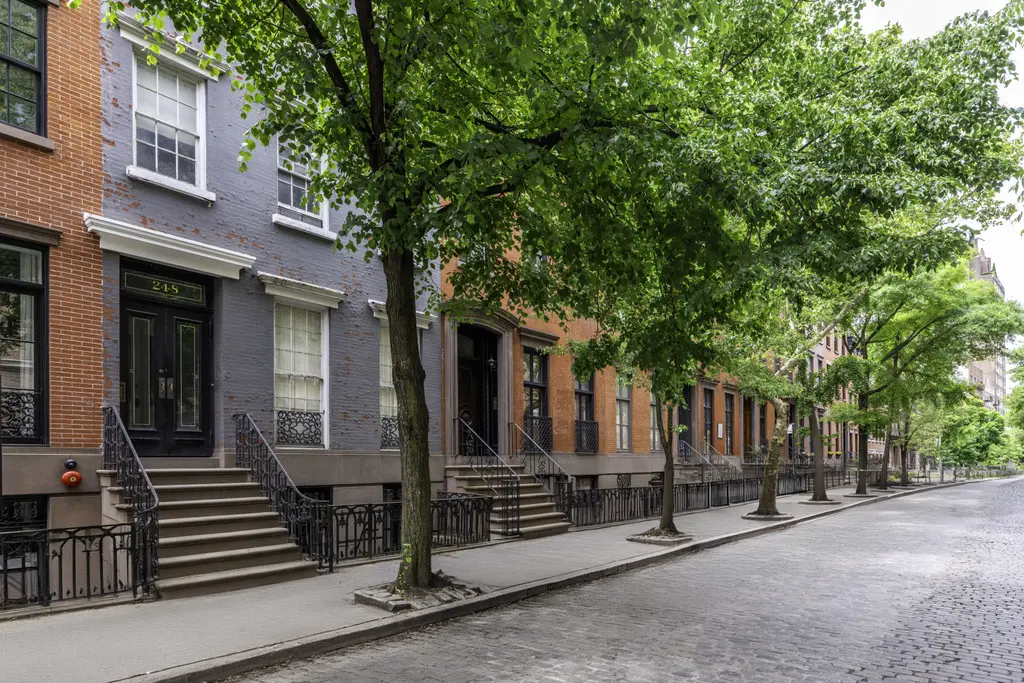
248 West 12th Street, # (Berkshire Hathaway HomeServices New York Properties)
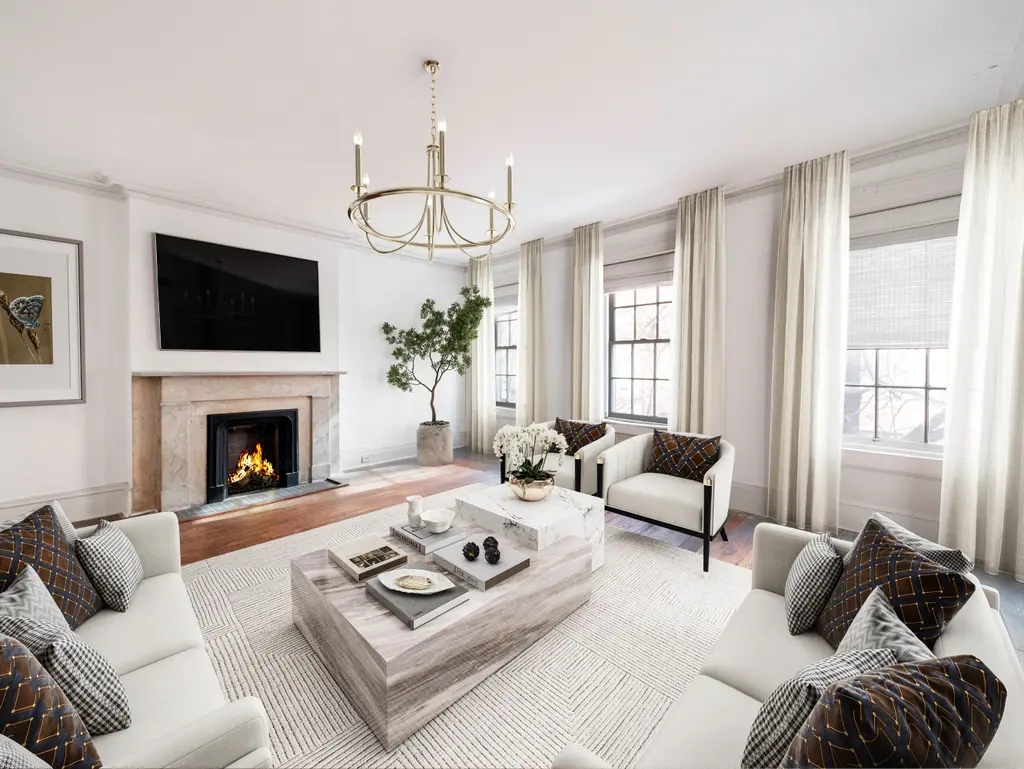
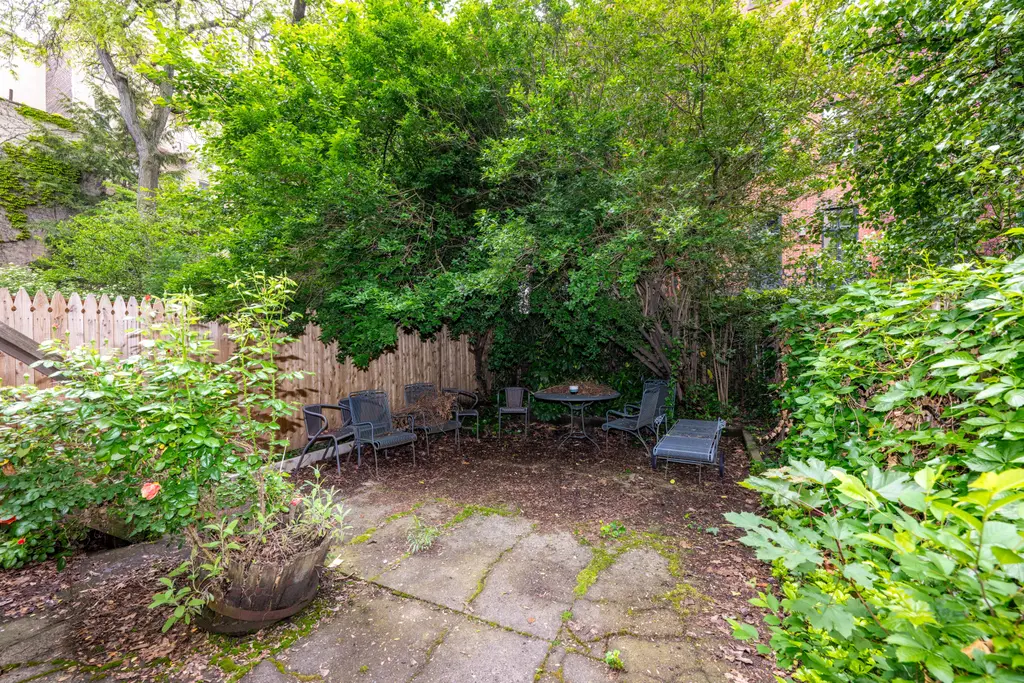
258 West 12th Street, #TH
$10,995,000
West Village | Townhouse | 6+ Bedrooms, Unknown Baths | 5,170 ft2
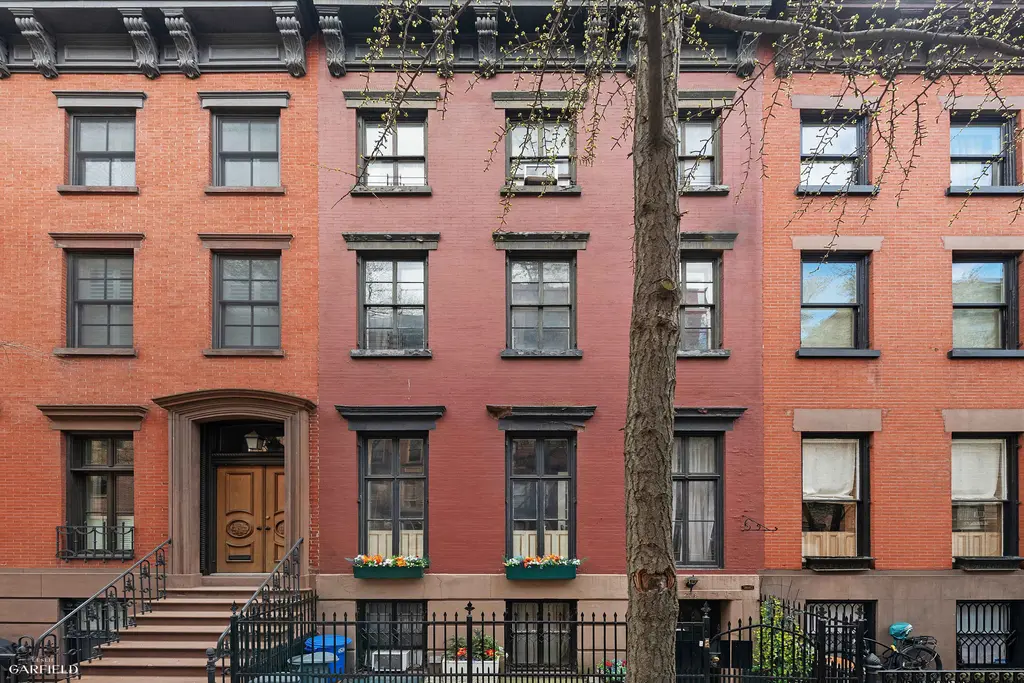
258 West 12th Street, # (Leslie J Garfield & Co Inc)
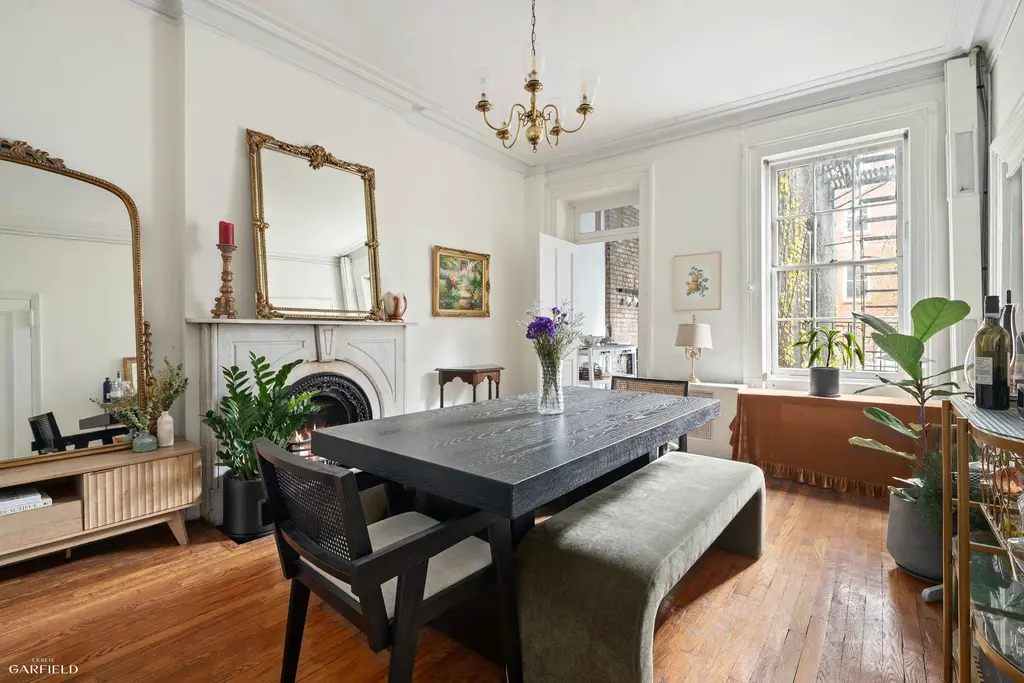
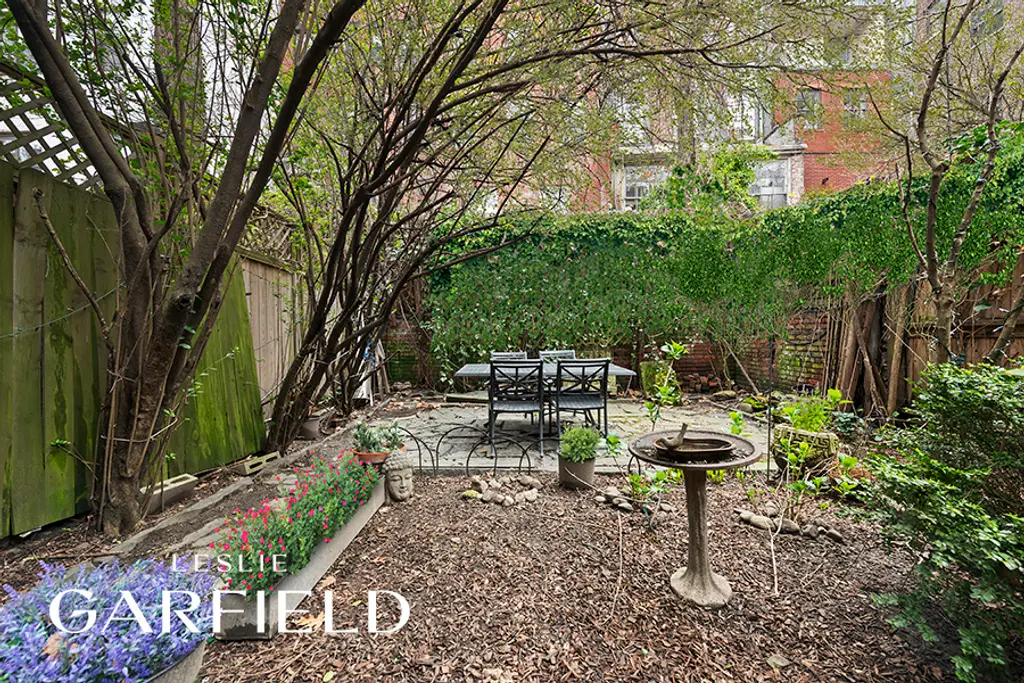
Would you like to tour any of these properties?
Just complete the info below.
Or call us at (212) 755-5544
Upper East Side
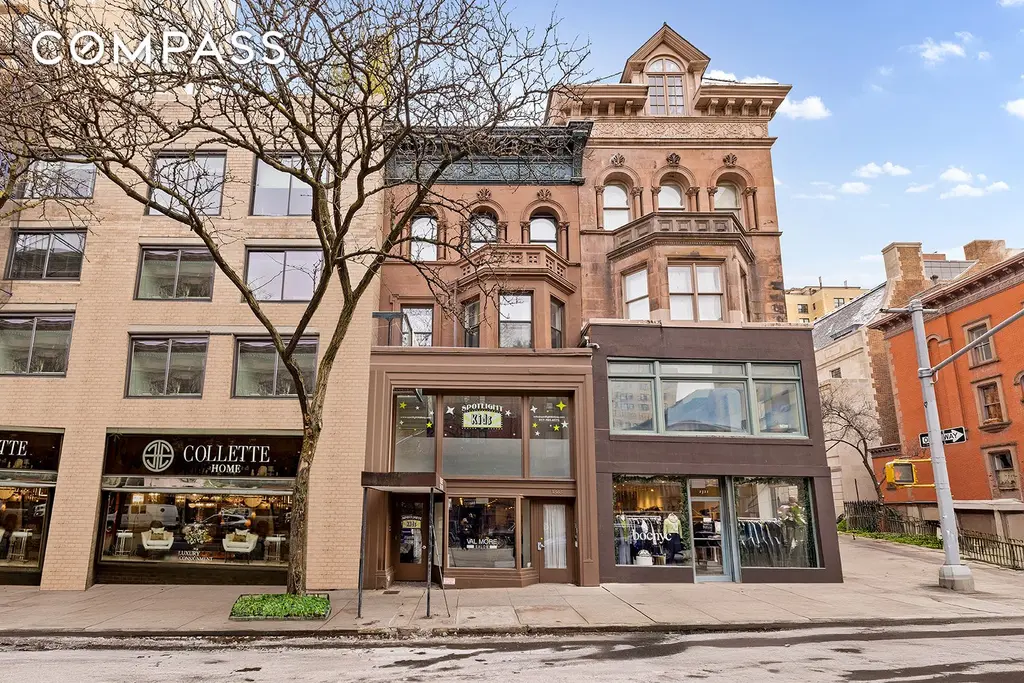
1323 Madison Avenue, # (Compass)
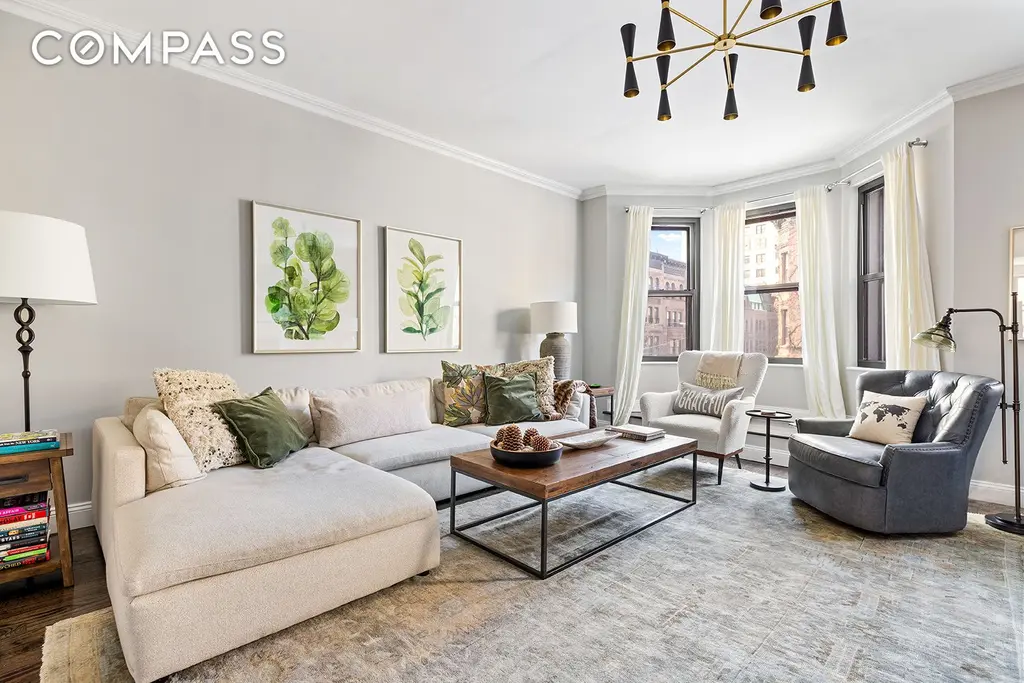
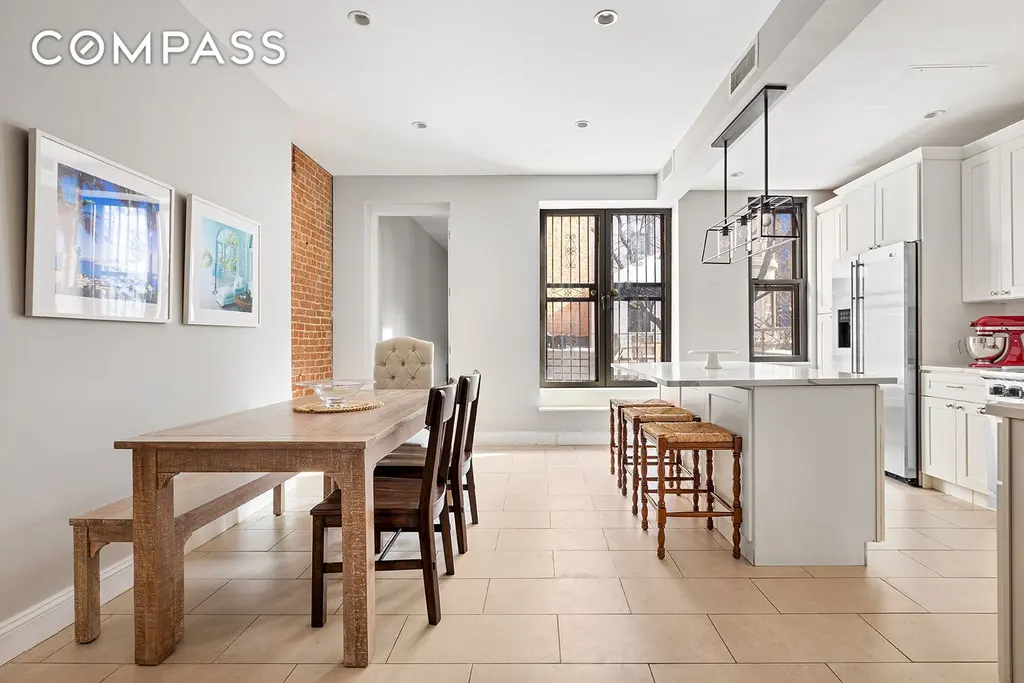
111 East 61st Street, #TH
$9,500,000 (-5%)
Park/Fifth Ave. to 79th St. | Townhouse | 6+ Bedrooms, 4 Baths | 9,502 ft2
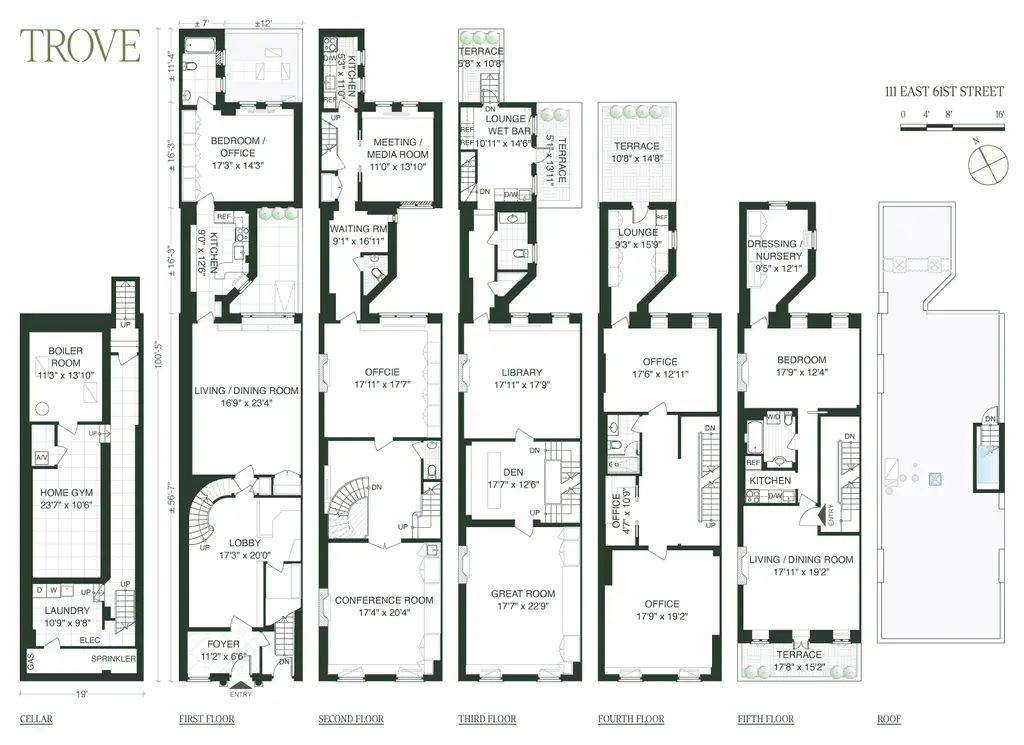
111 East 61st Street, # (Compass)
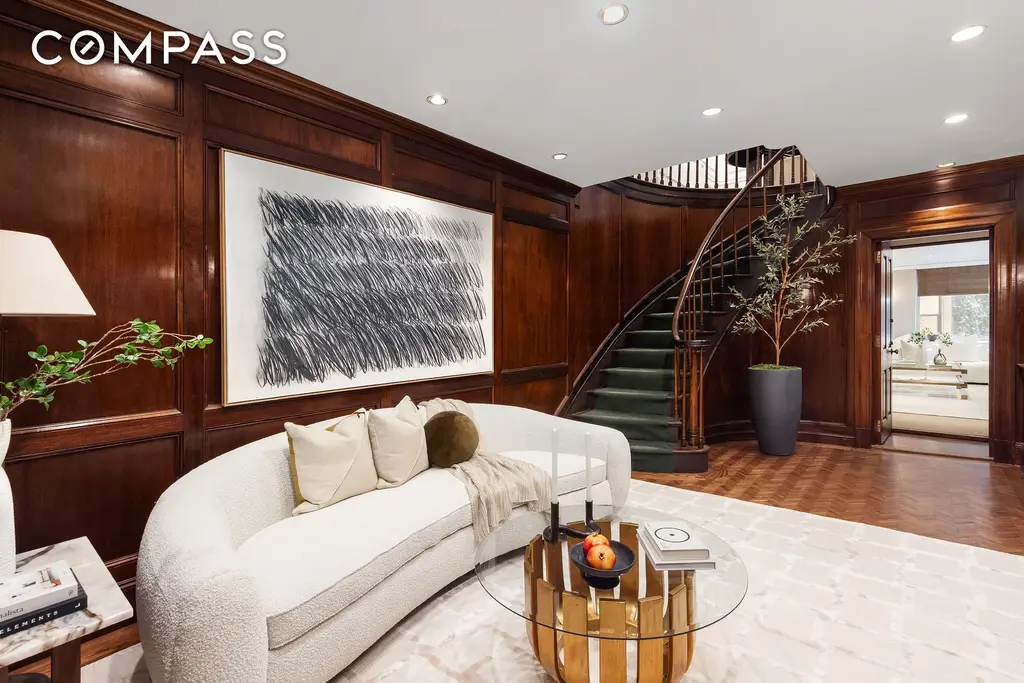
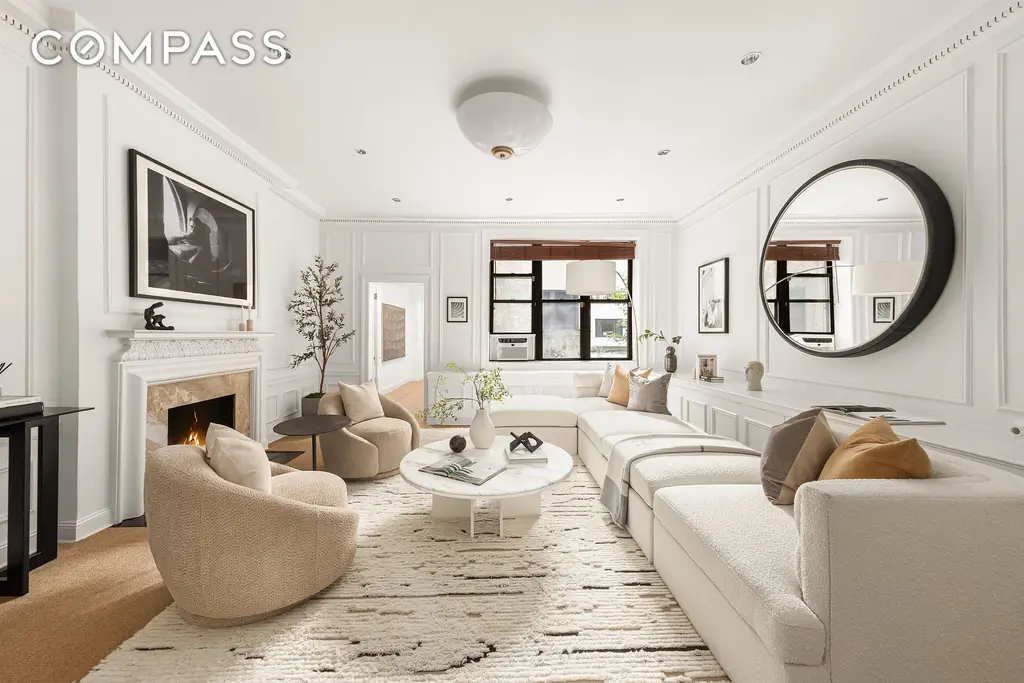
The Connoisseur Building
$9,950,000
Park/Fifth Ave. to 79th St. | Townhouse | 3 Bedrooms, 3.5 Baths | 6,730 ft2
The Connoisseur Building, # (Corcoran Group)
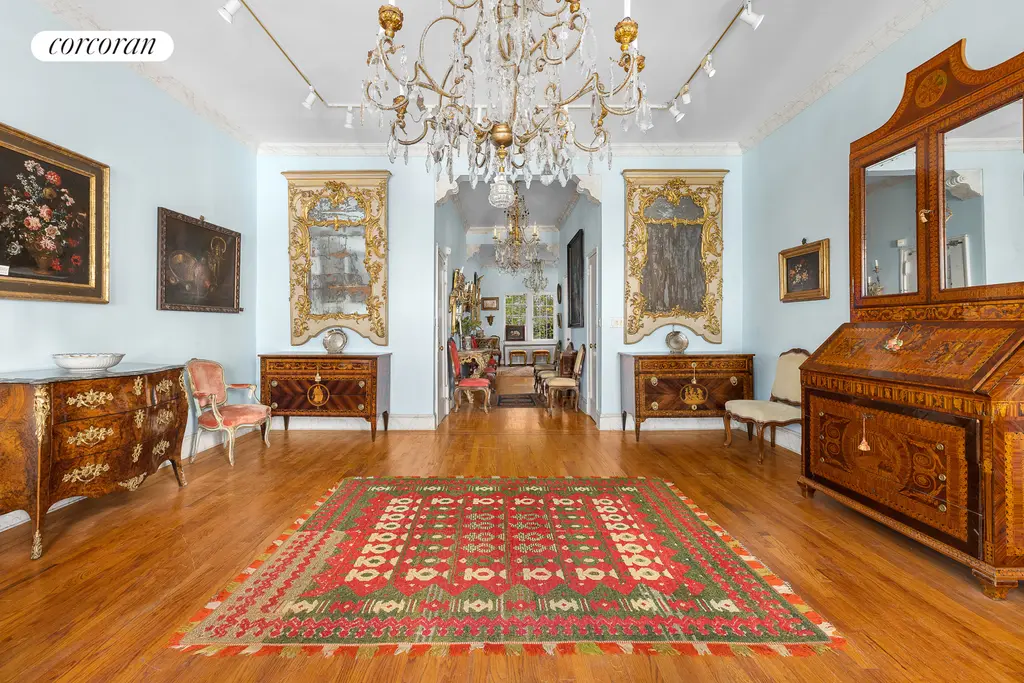
Upper Manhattan
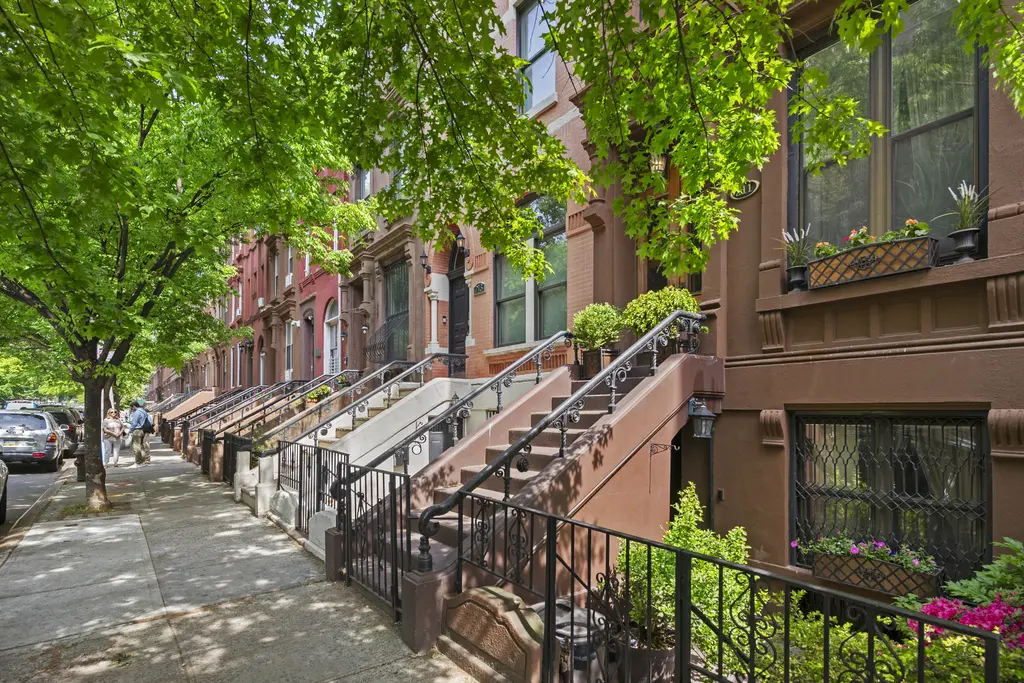
211 West 131st Street, # (Serhant)

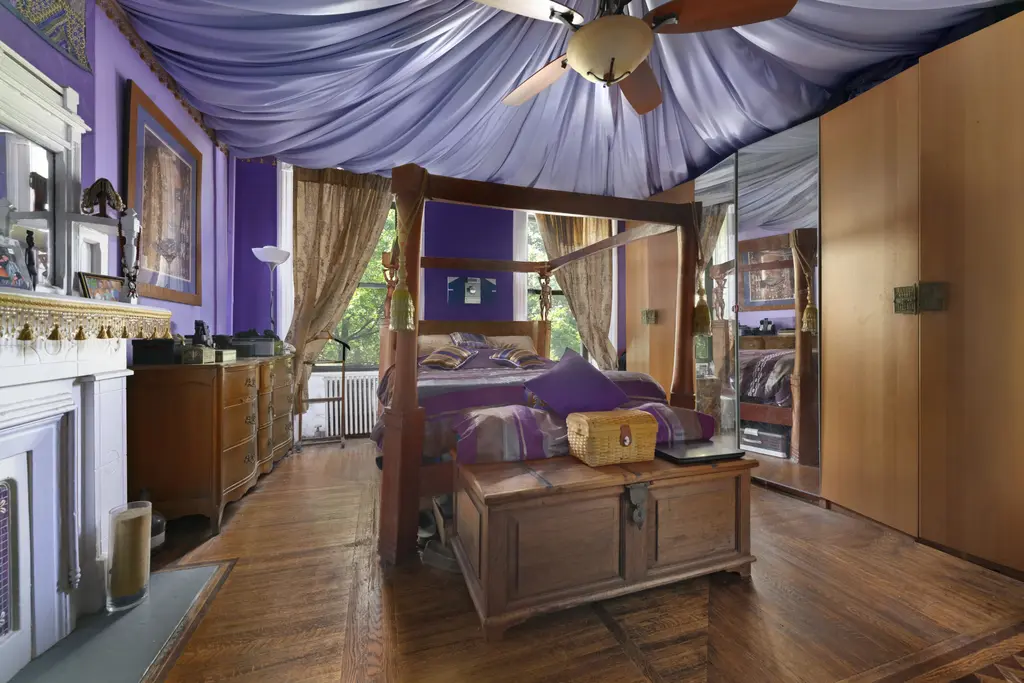
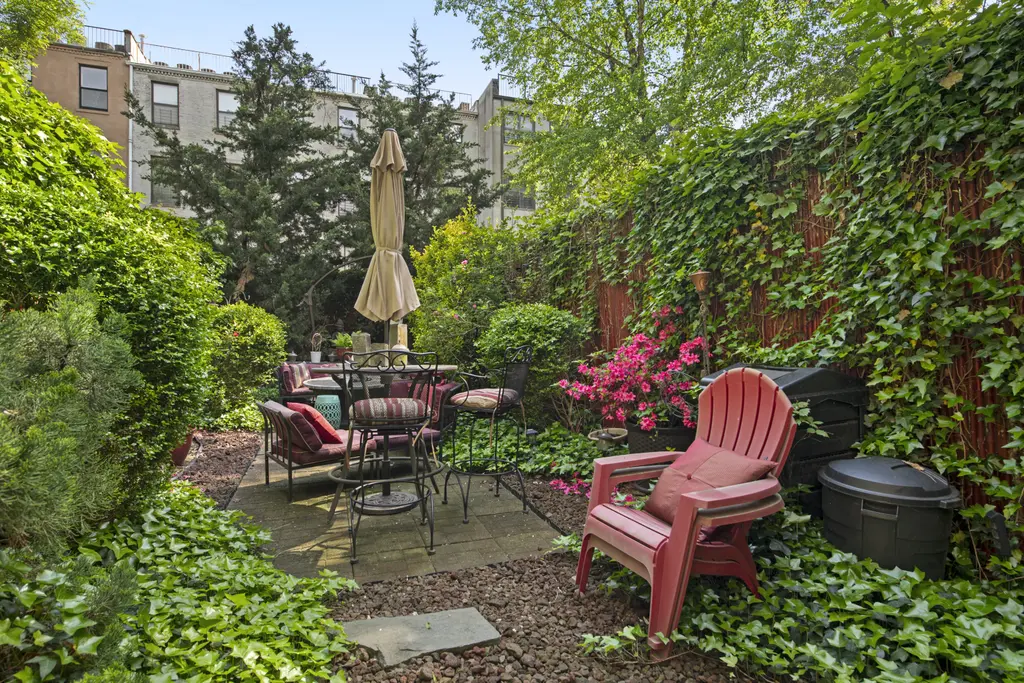
261 West 132nd Street, # (Brown Harris Stevens Residential Sales LLC)
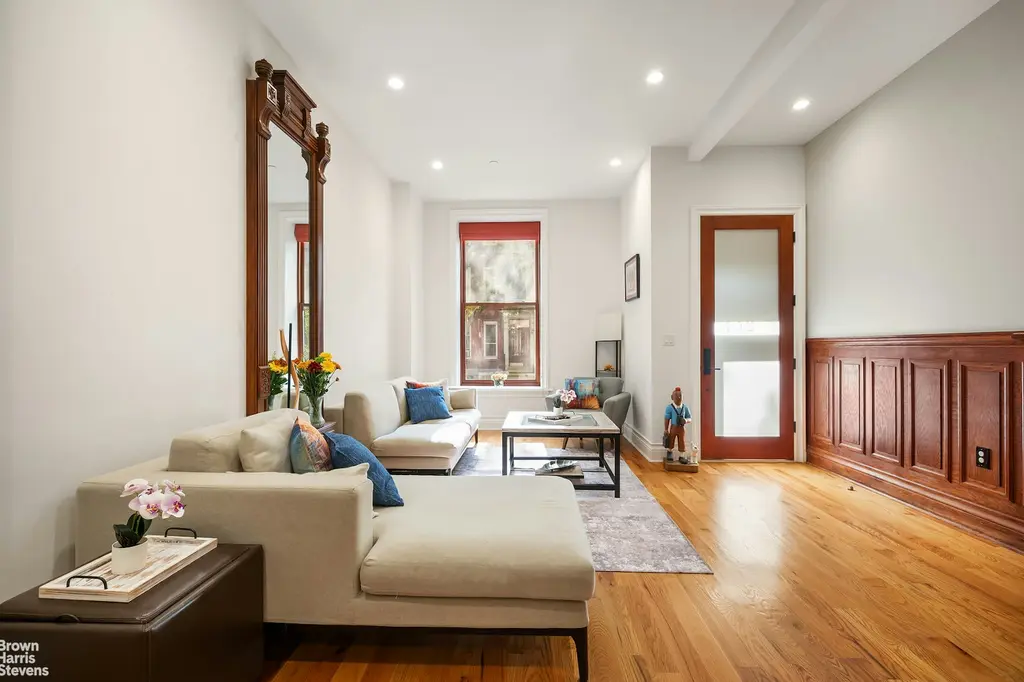
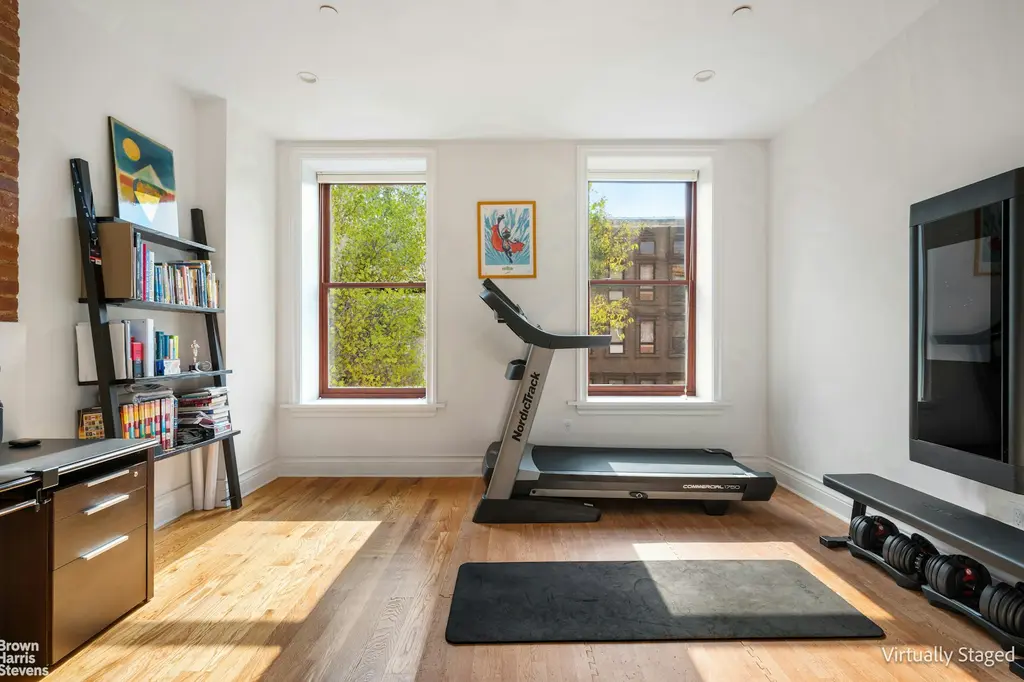
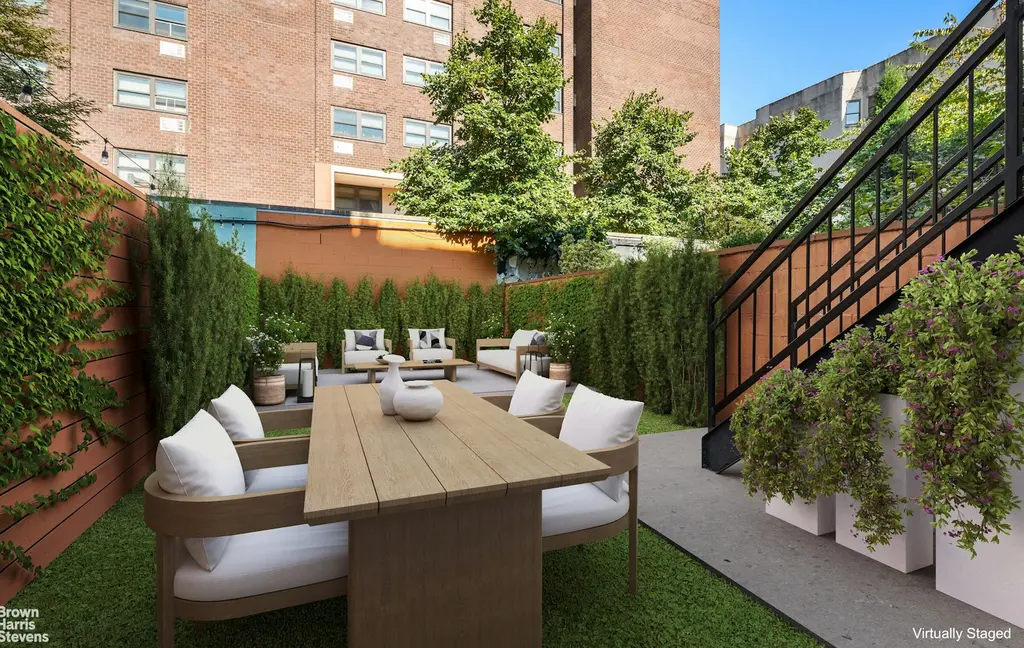
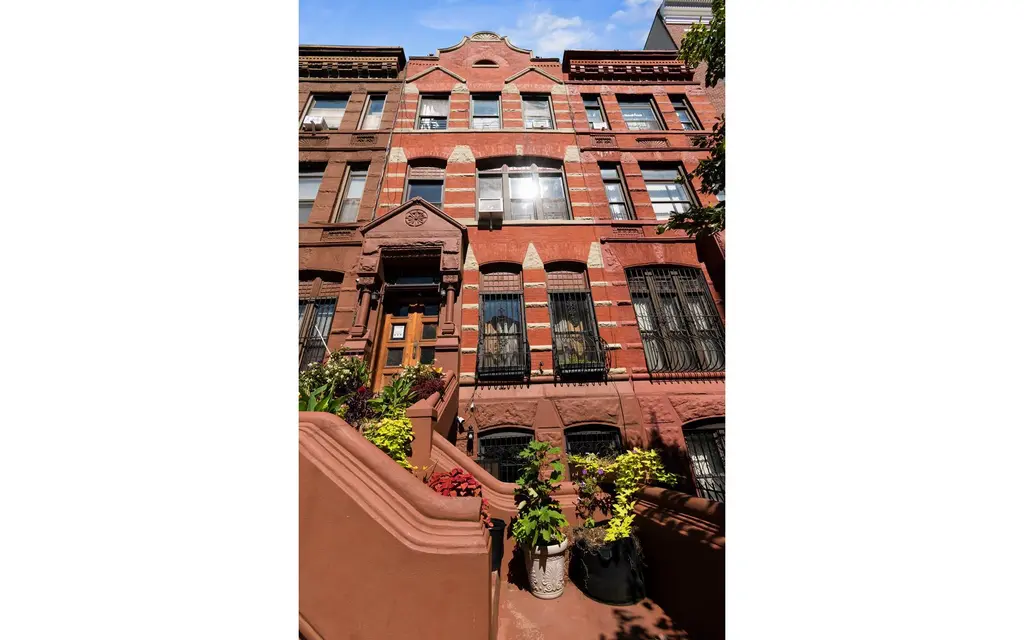
207 West 122nd Street, # (Douglas Elliman Real Estate)
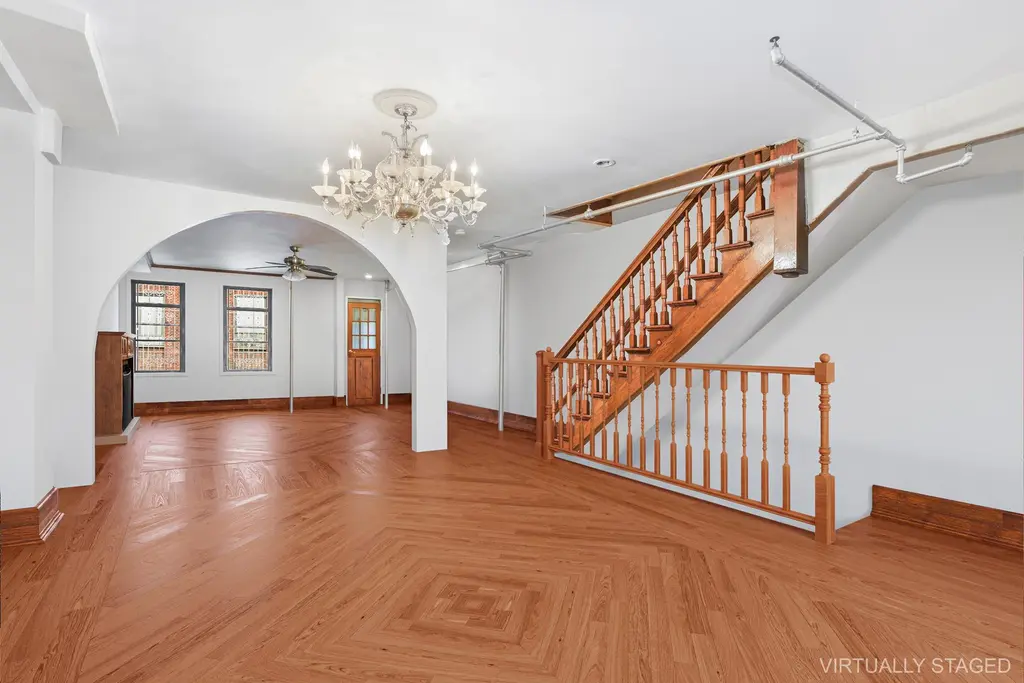
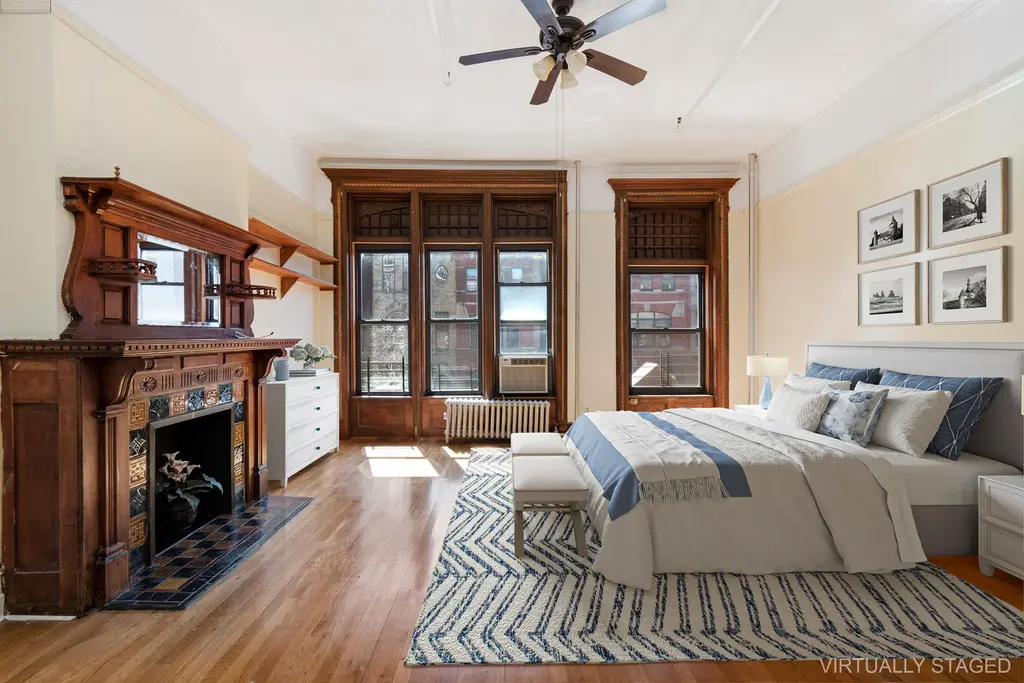
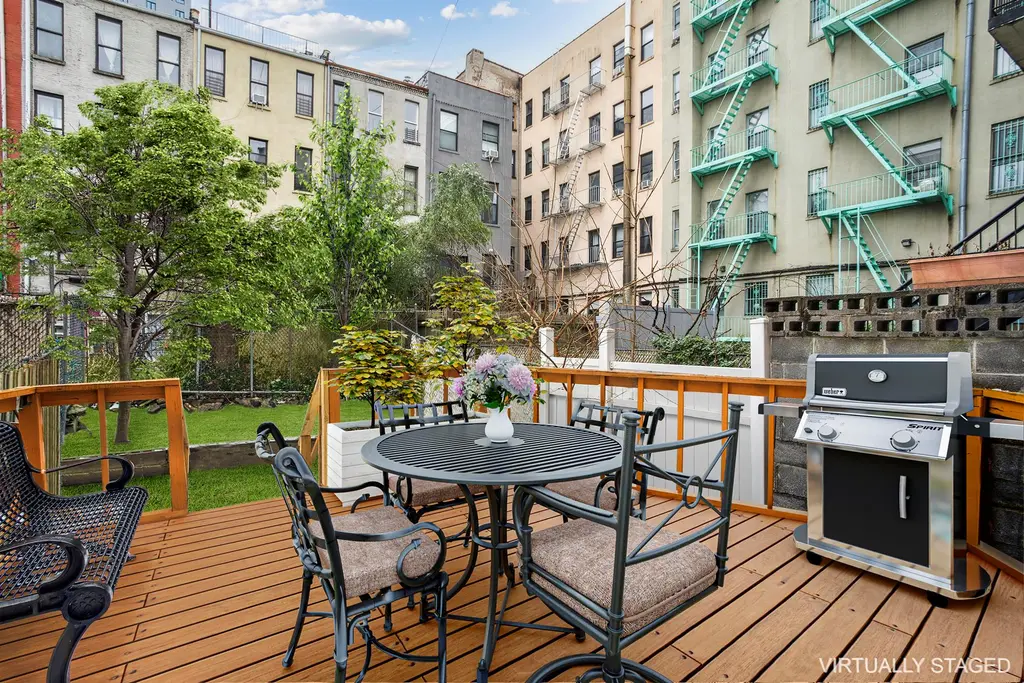
481 West 145th Street, #TH
$2,899,999 (-9.4%)
Hamilton Heights | Townhouse | 4 Bedrooms, 3.5 Baths | 3,666 ft2
481 West 145th Street, #TH (Serhant)
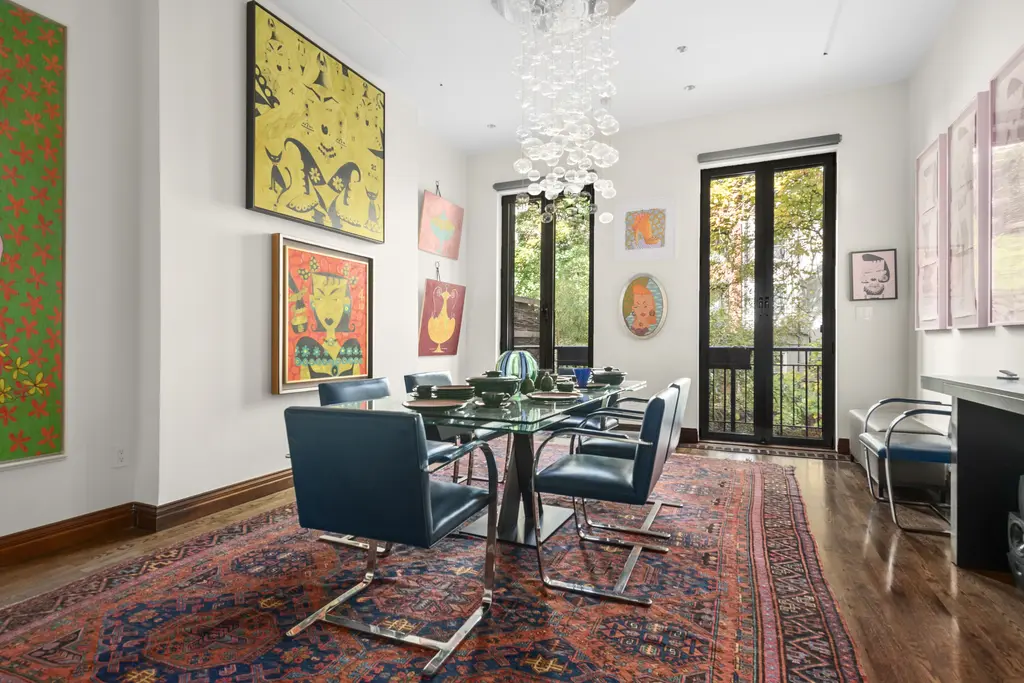
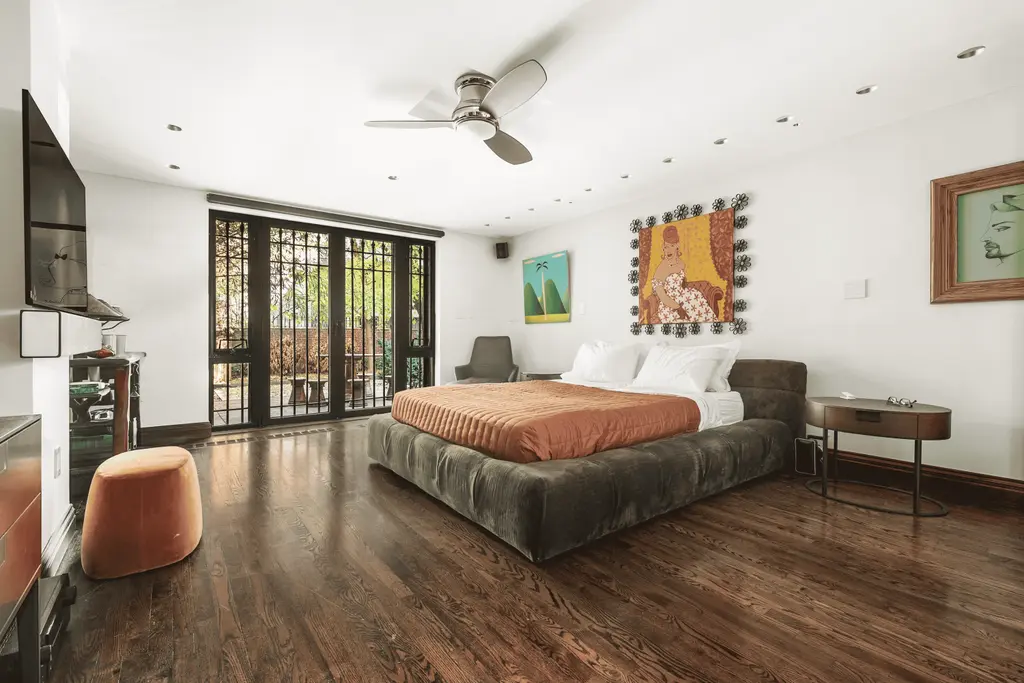
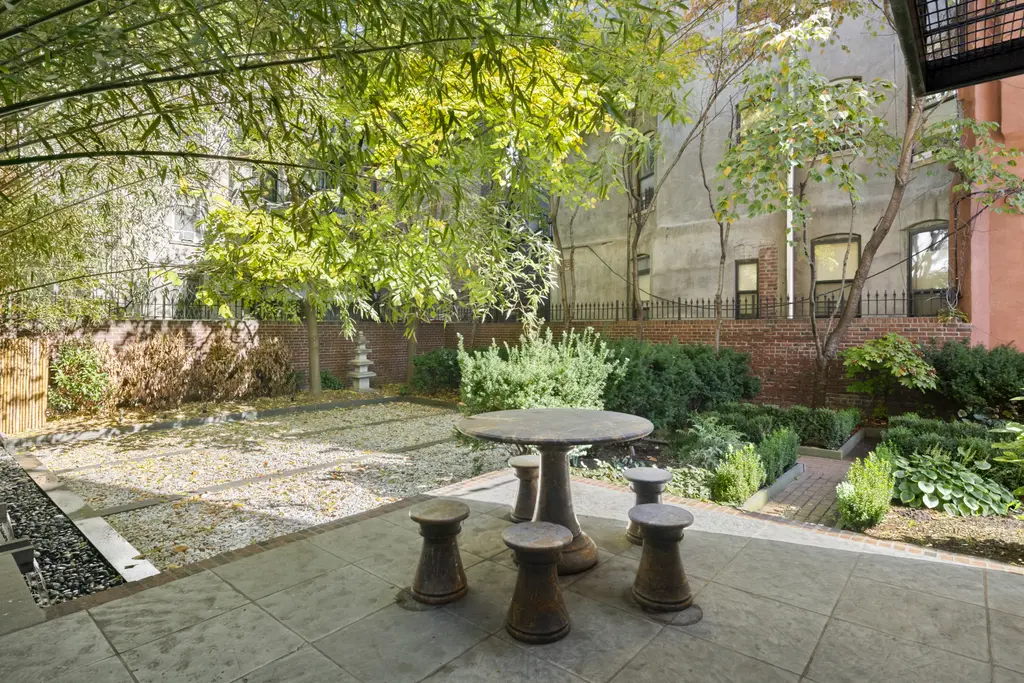
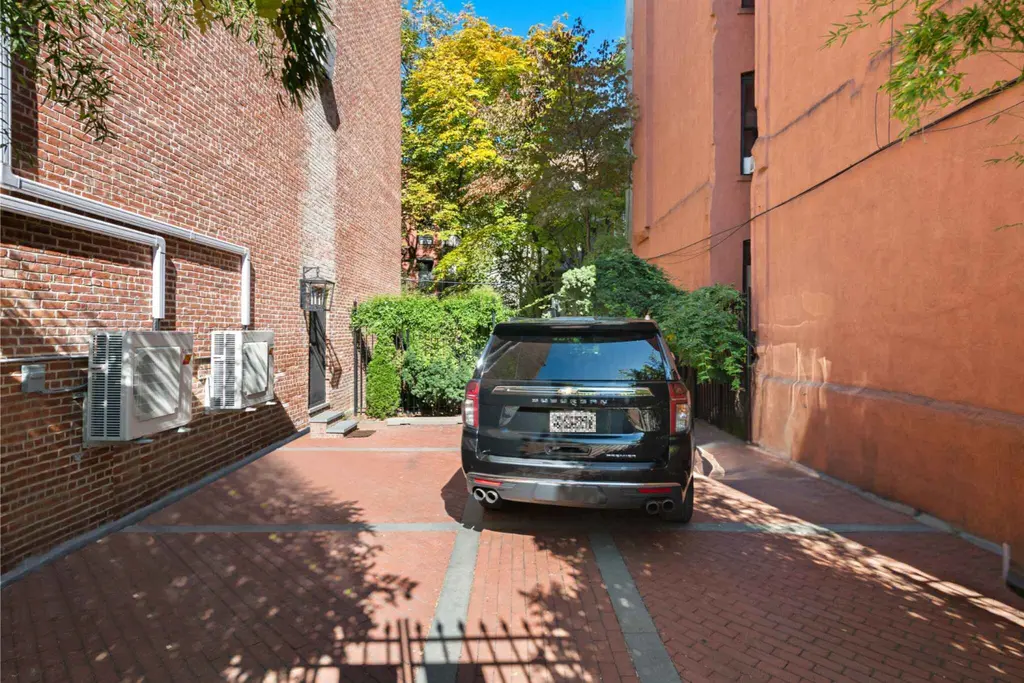
Brooklyn
20 Lefferts Place, # (Brown Harris Stevens Residential Sales LLC)
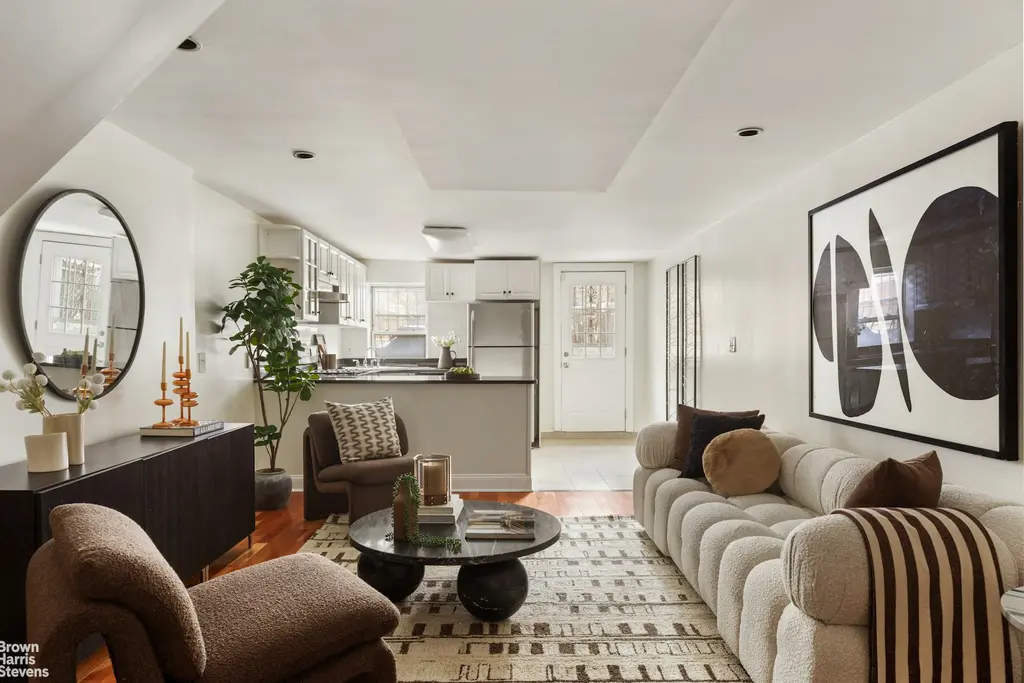
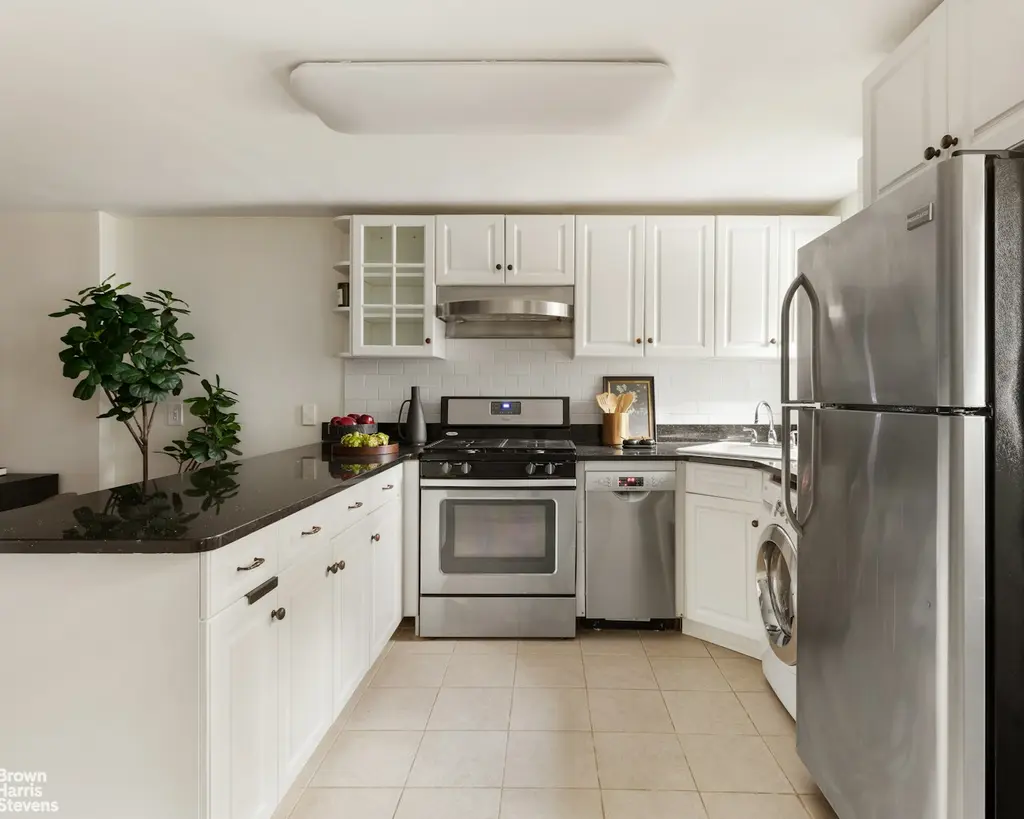
389 Fenimore Street, #TH
$2,495,000
Prospect Lefferts Gardens | Townhouse | 5 Bedrooms, 4.5 Baths | 3,120 ft2
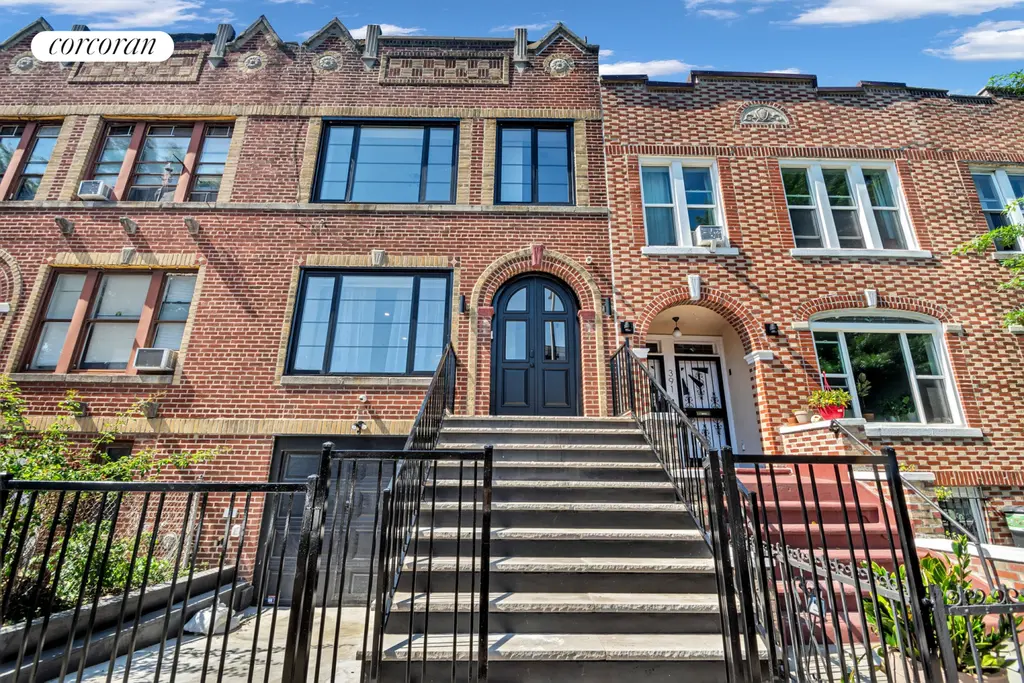
389 Fenimore Street, # (Corcoran Group)
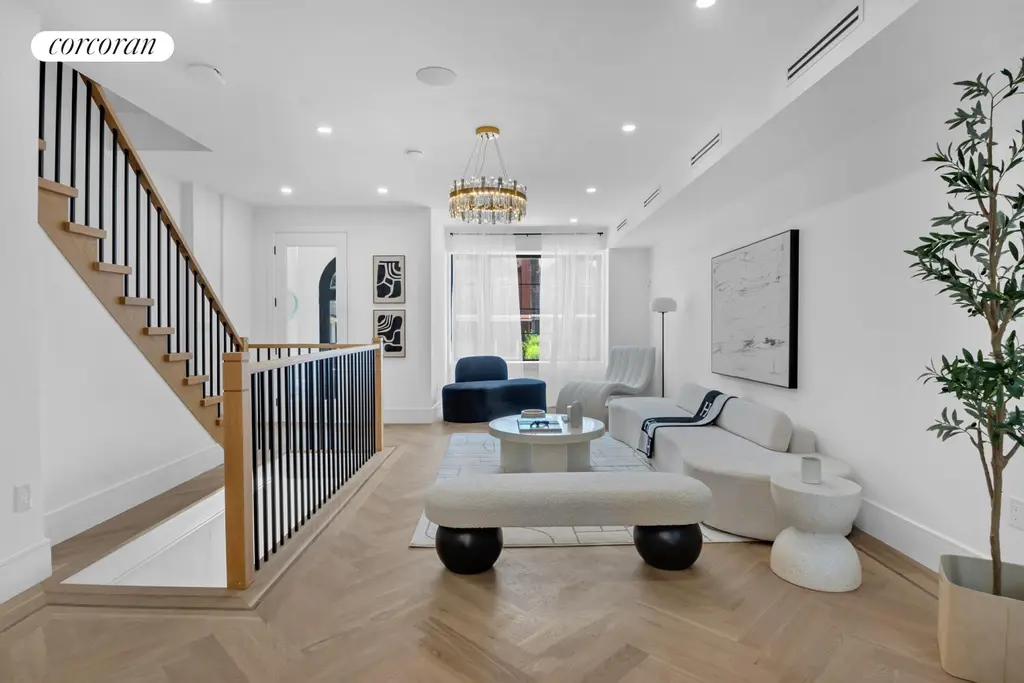
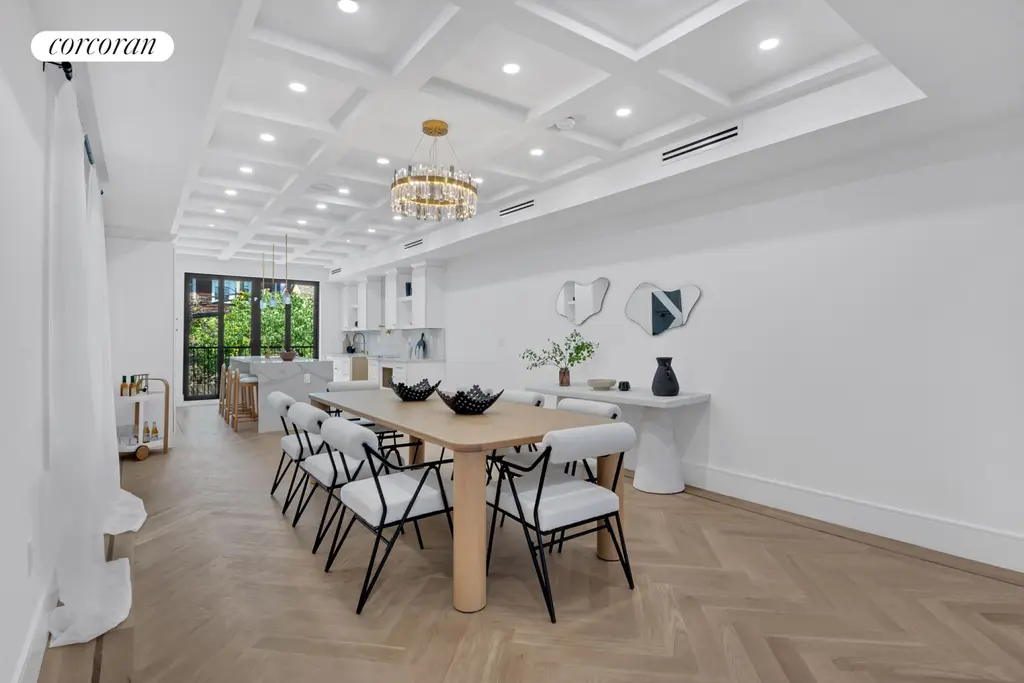
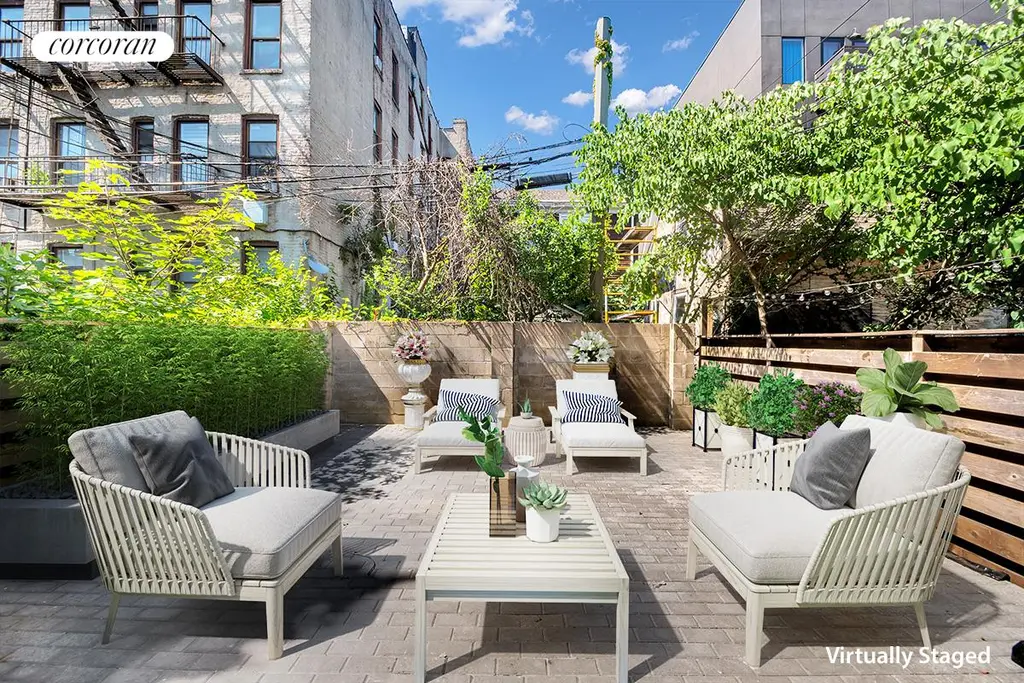
749 Monroe Street, #Building (Compass)
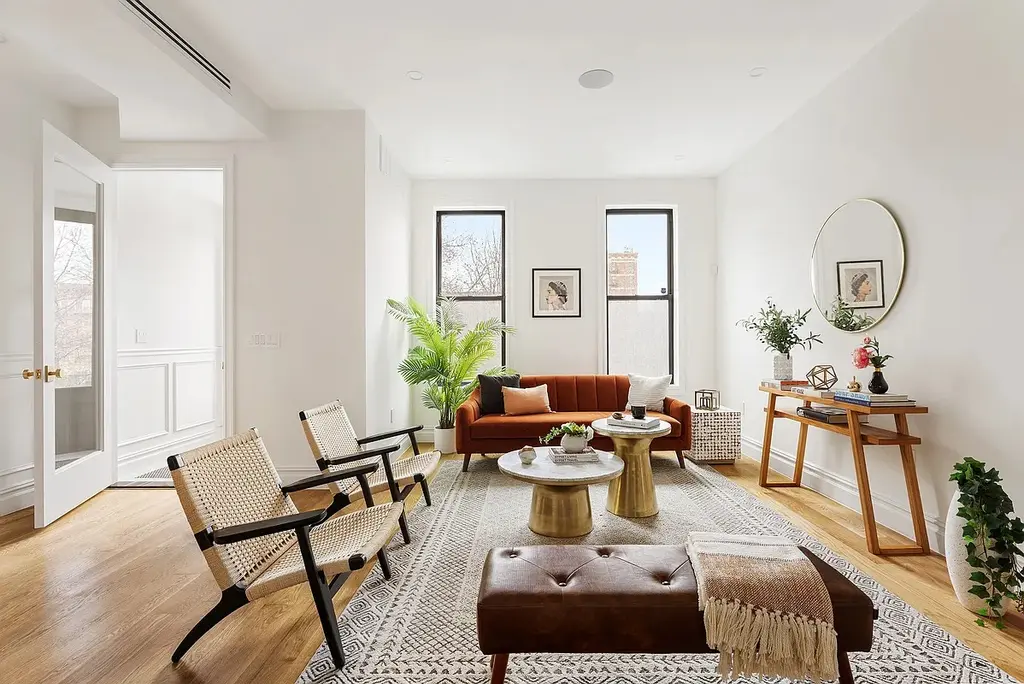
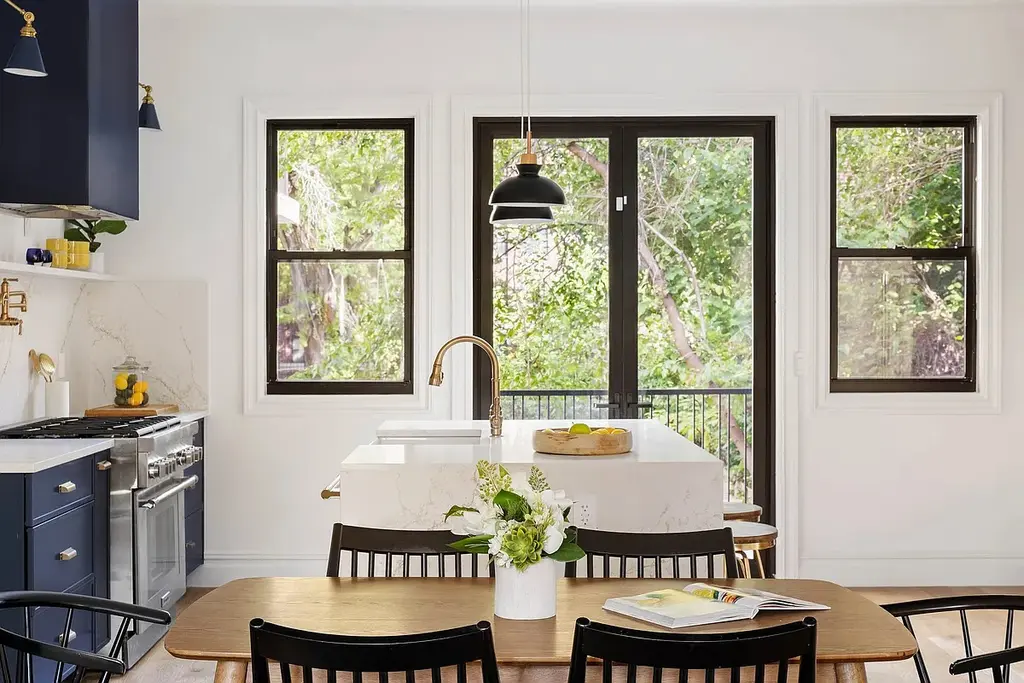
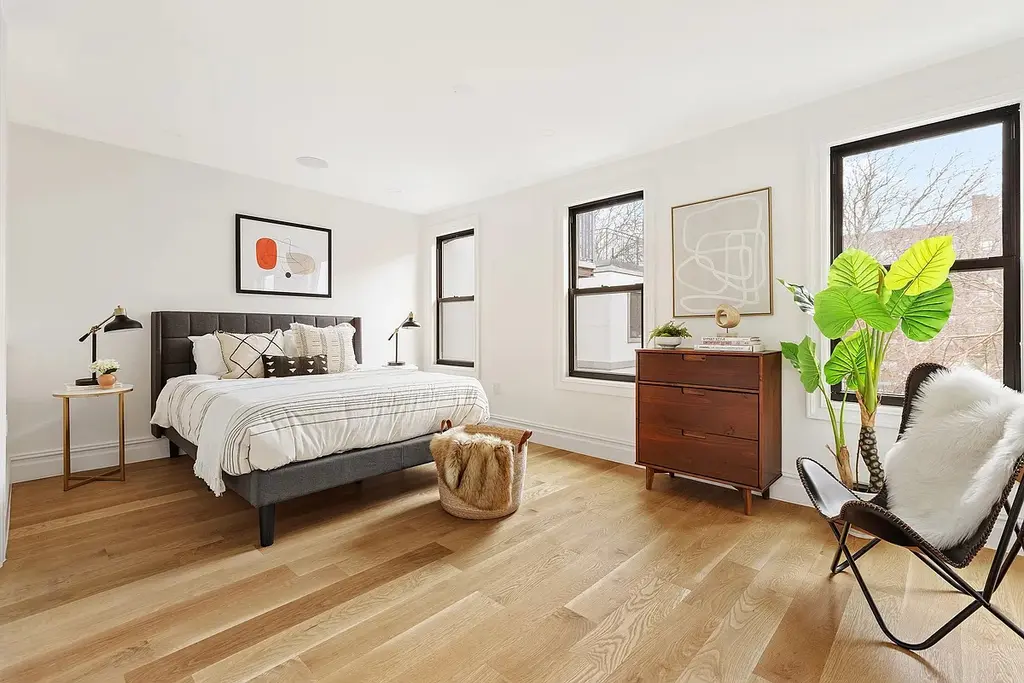
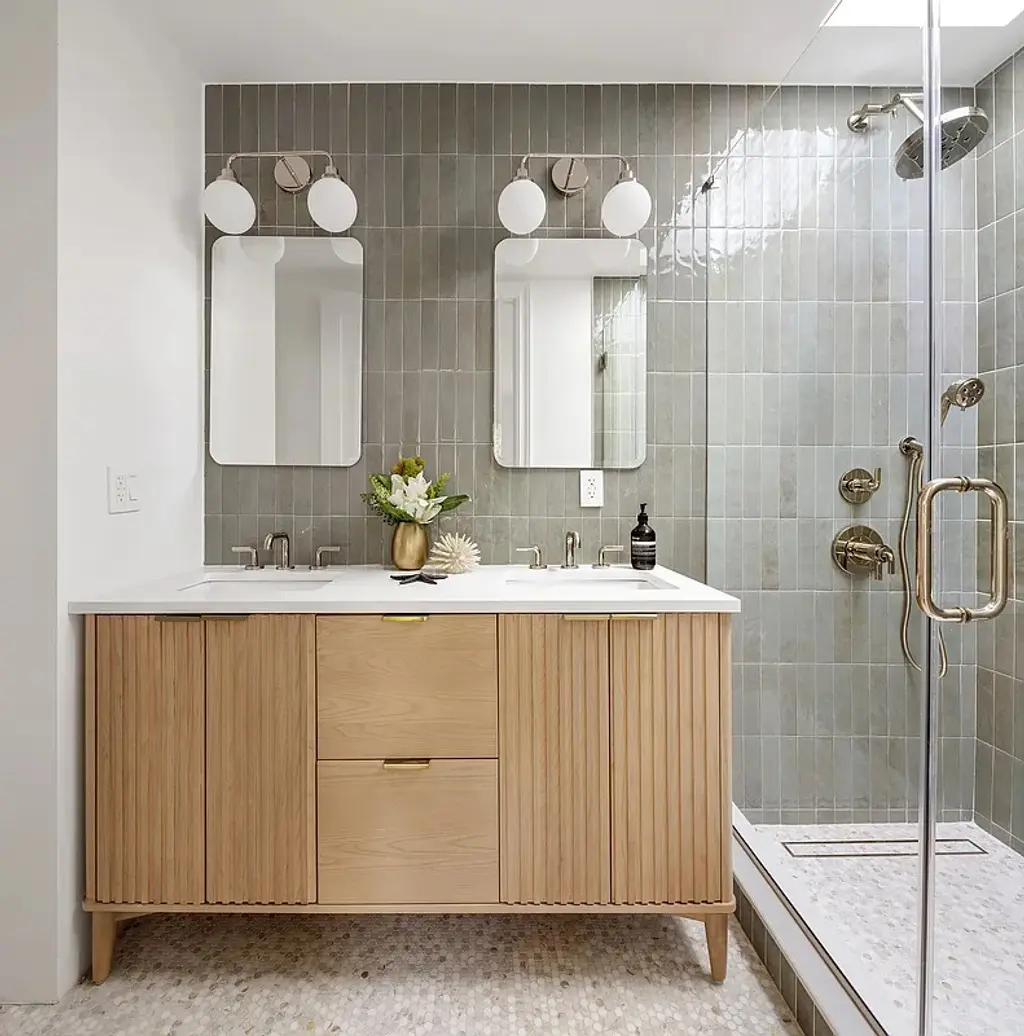
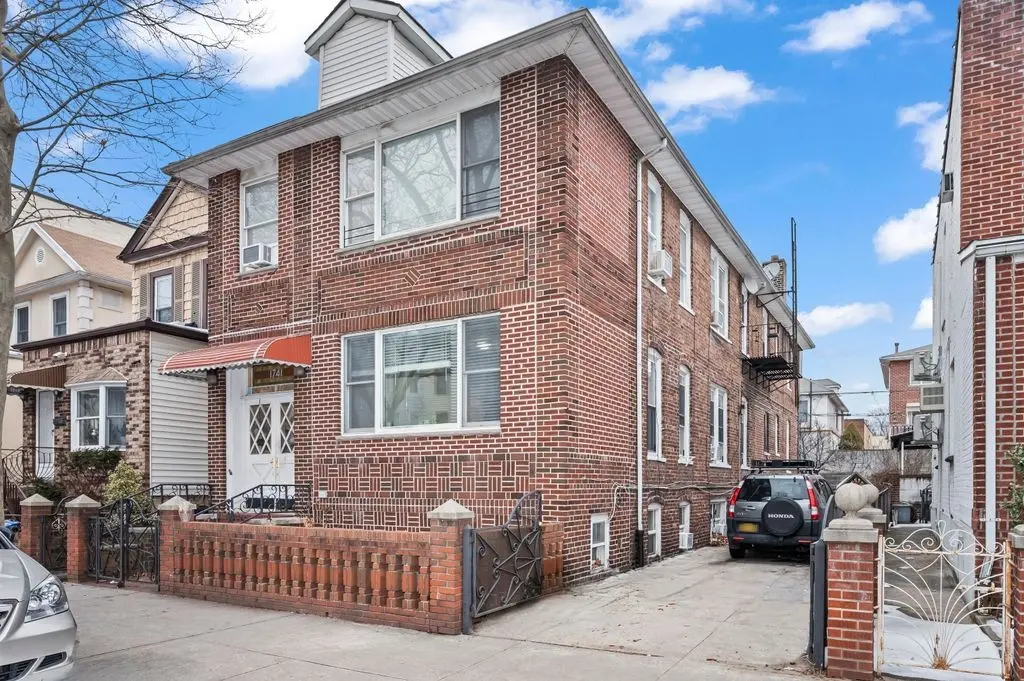
1741 73rd Street, # (RE Max Edge Group)
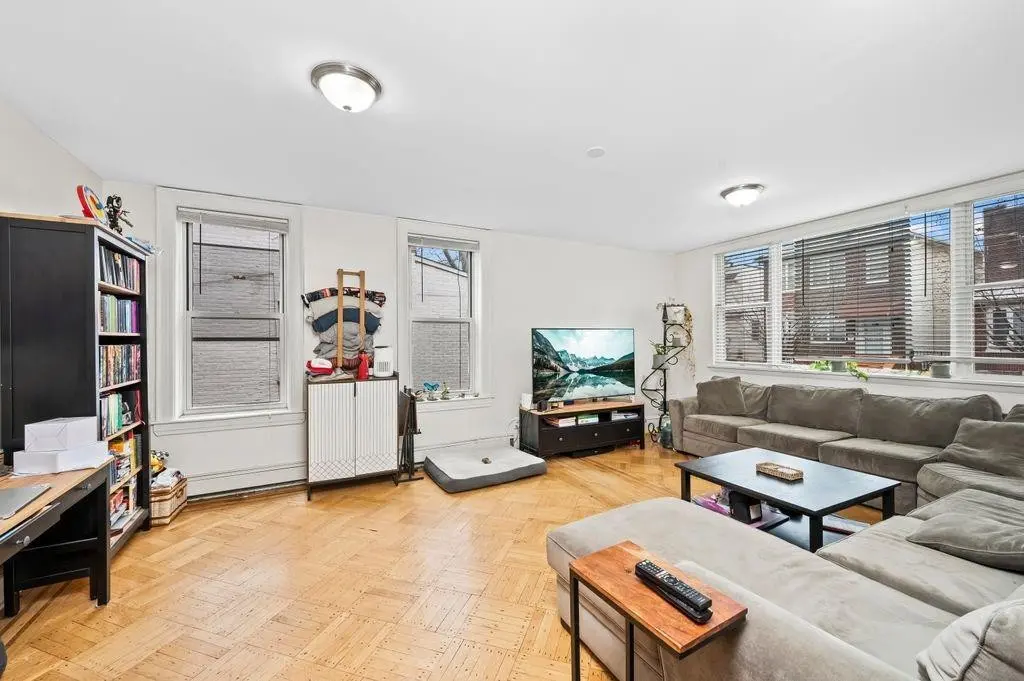
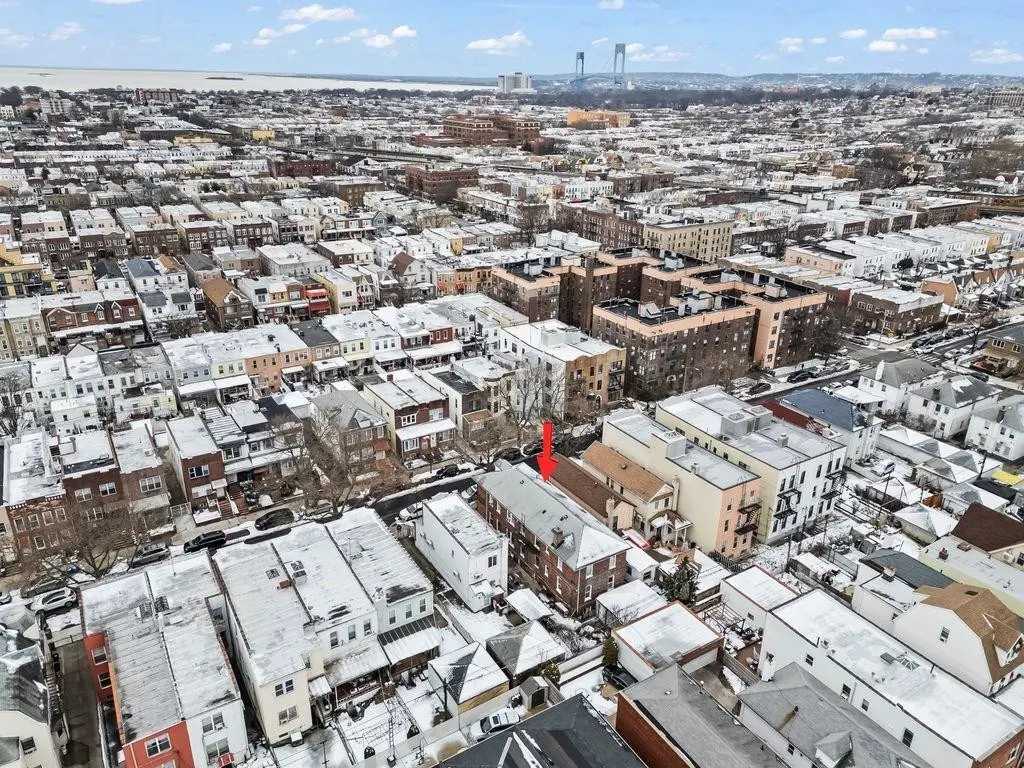
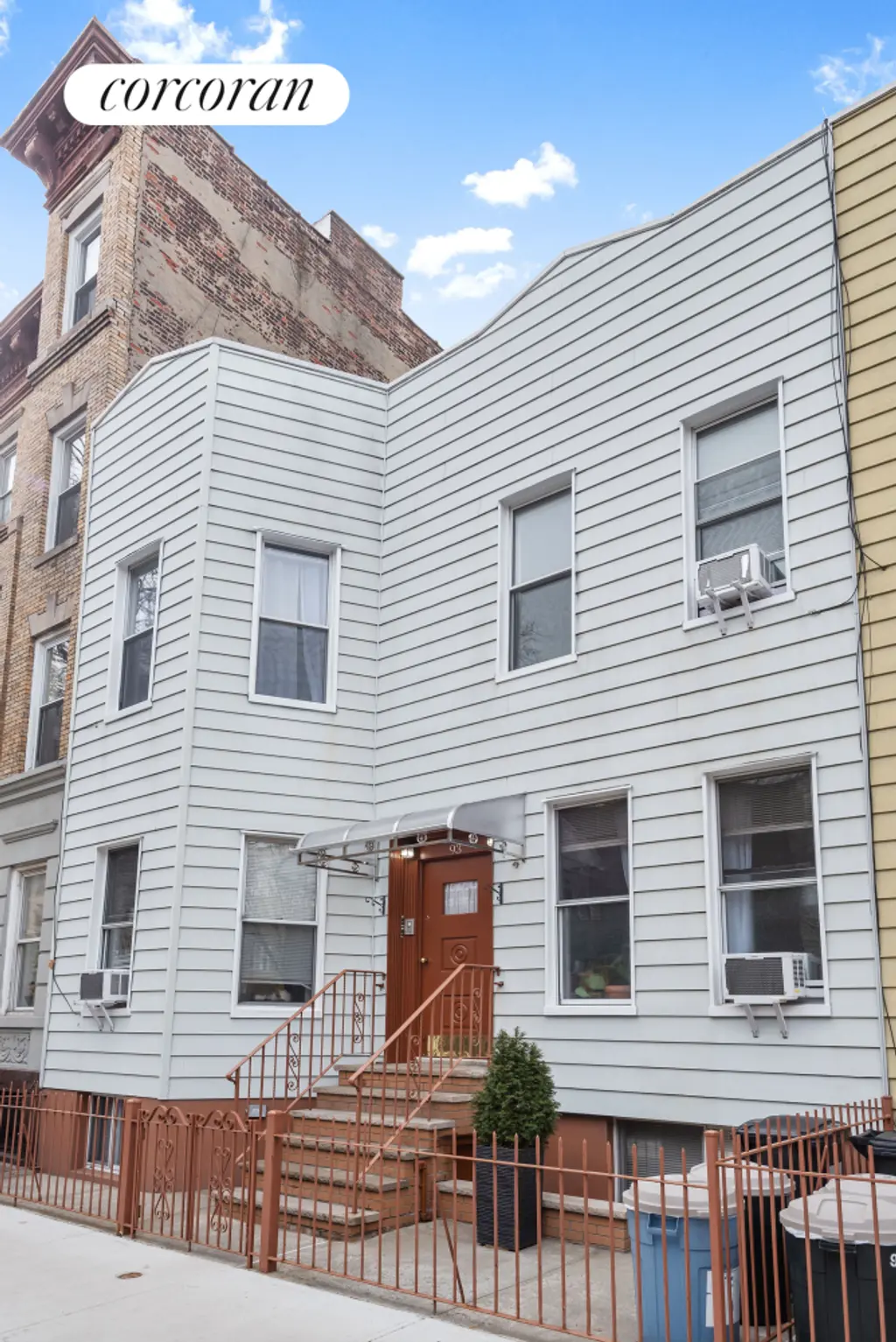
93 Jewel Street, # (Corcoran Group)
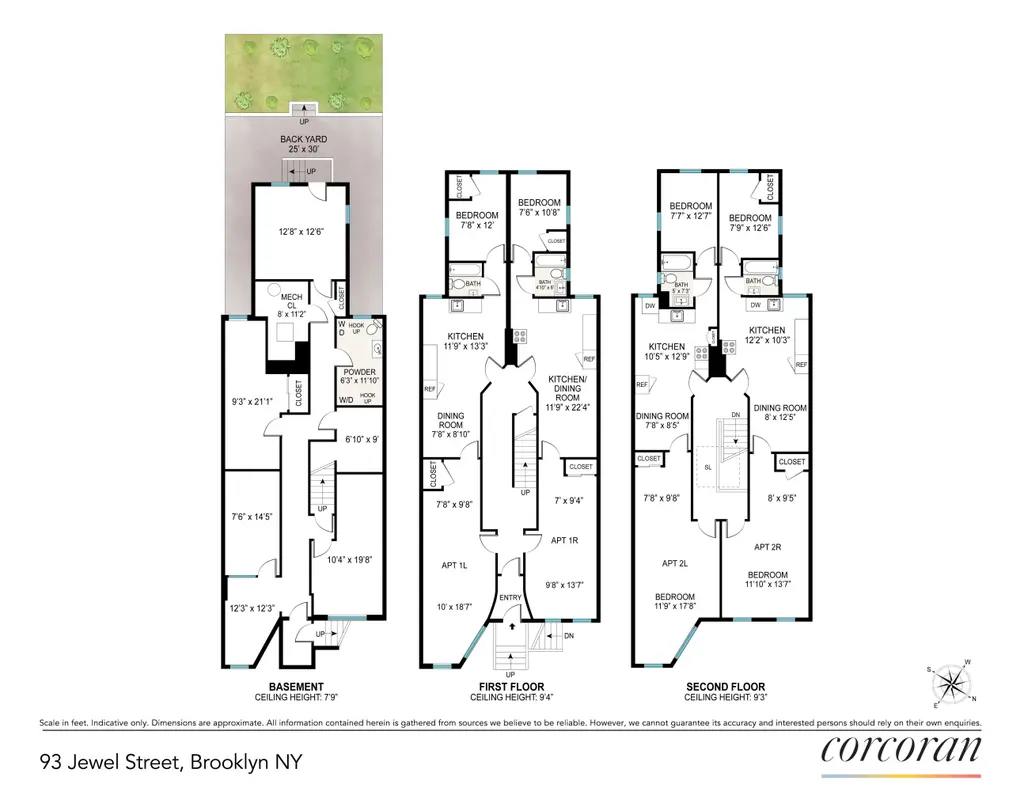
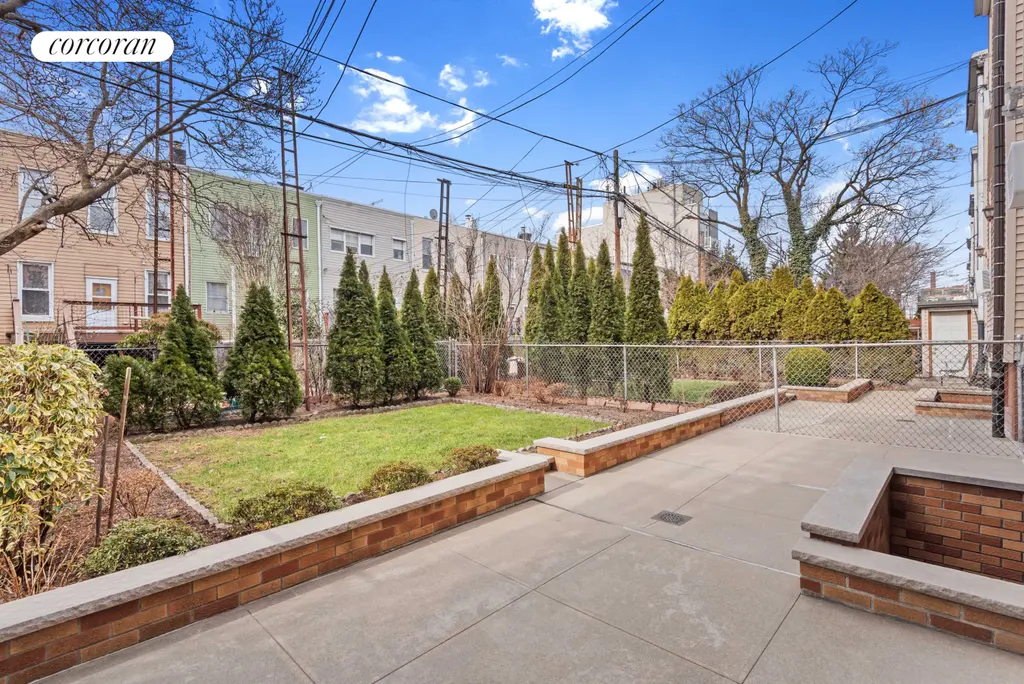
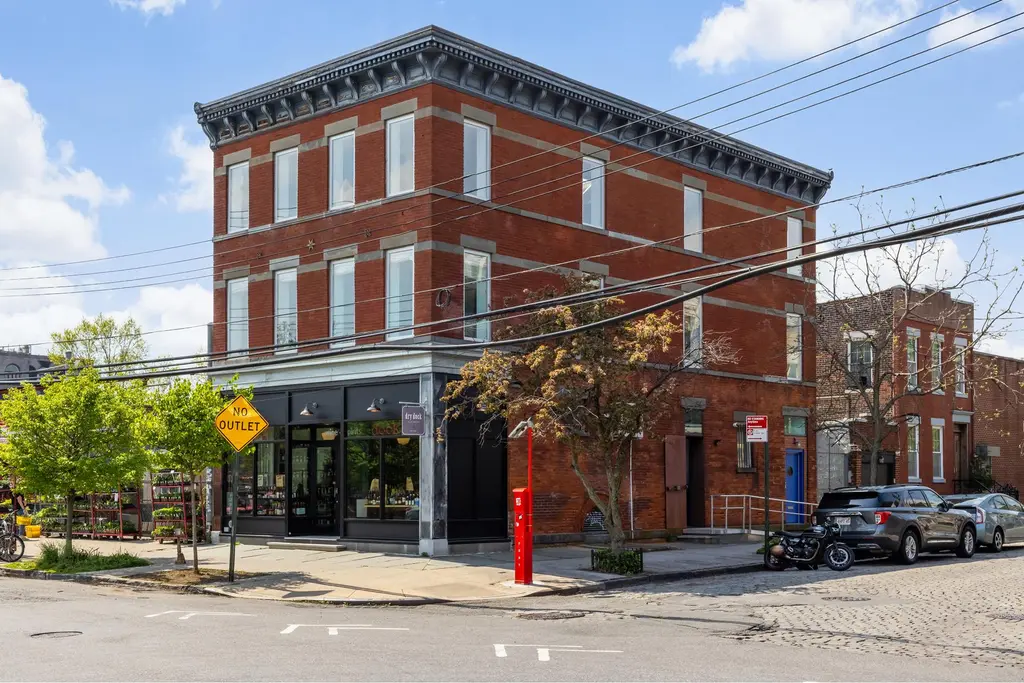
442 Van Brunt Street, # (Douglas Elliman Real Estate)
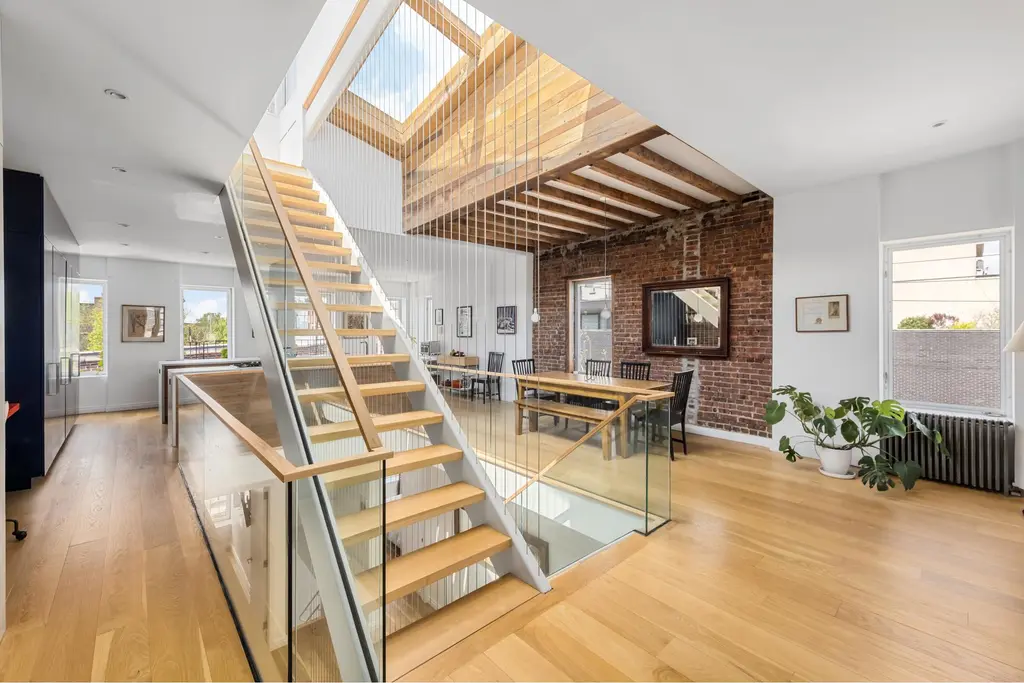
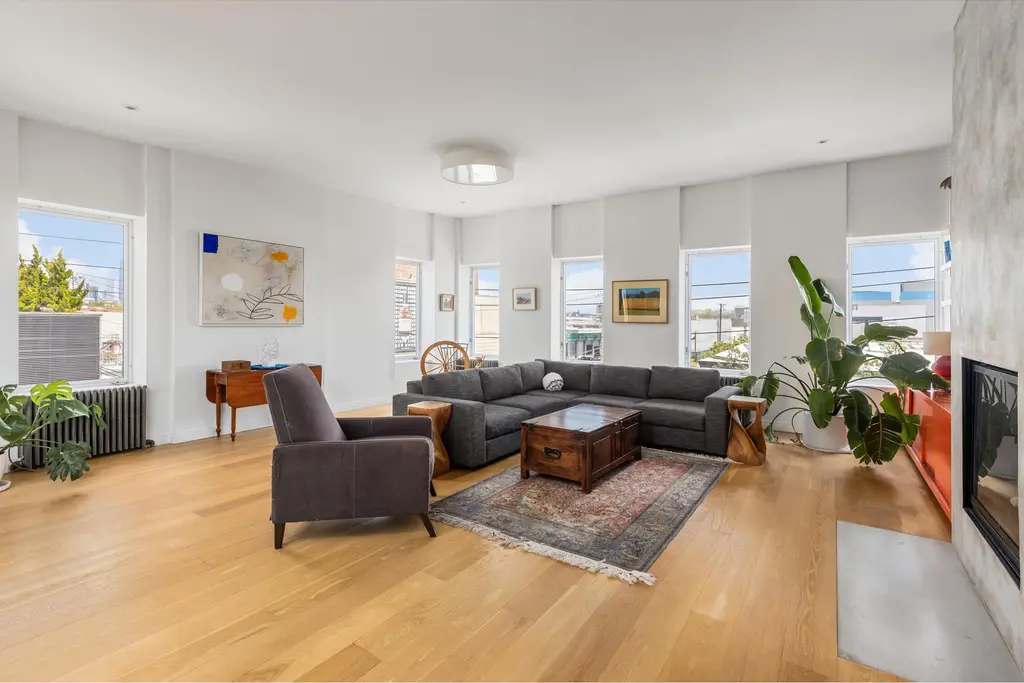
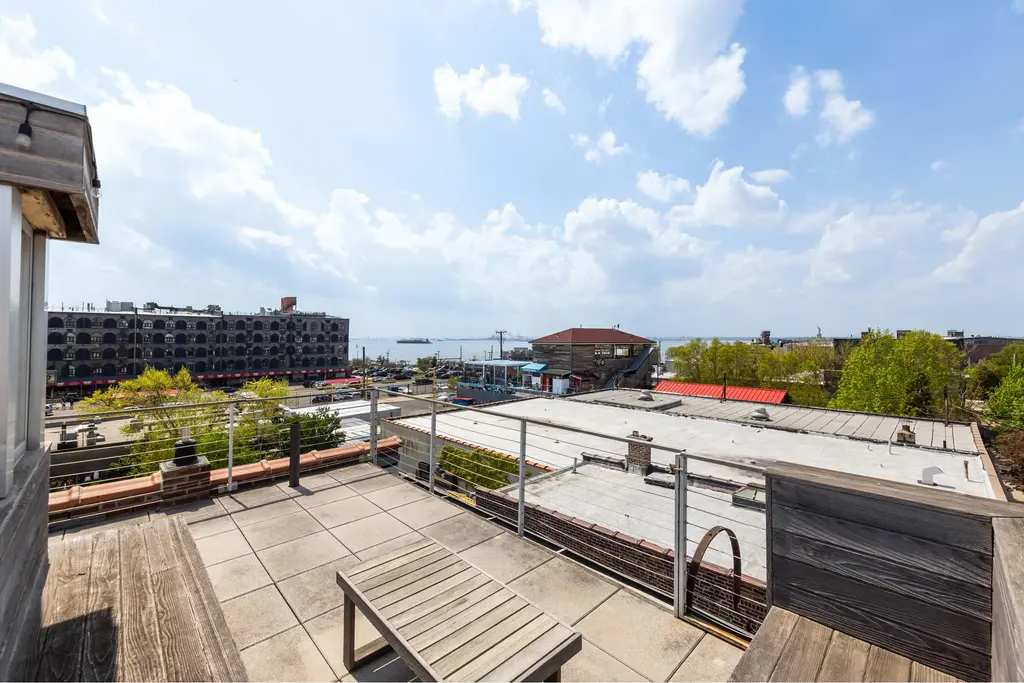
397 Fifth Avenue, #TH
$5,375,000 (-11.9%)
Park Slope | Condominium | 6+ Bedrooms, 5 Baths | 3,828 ft2
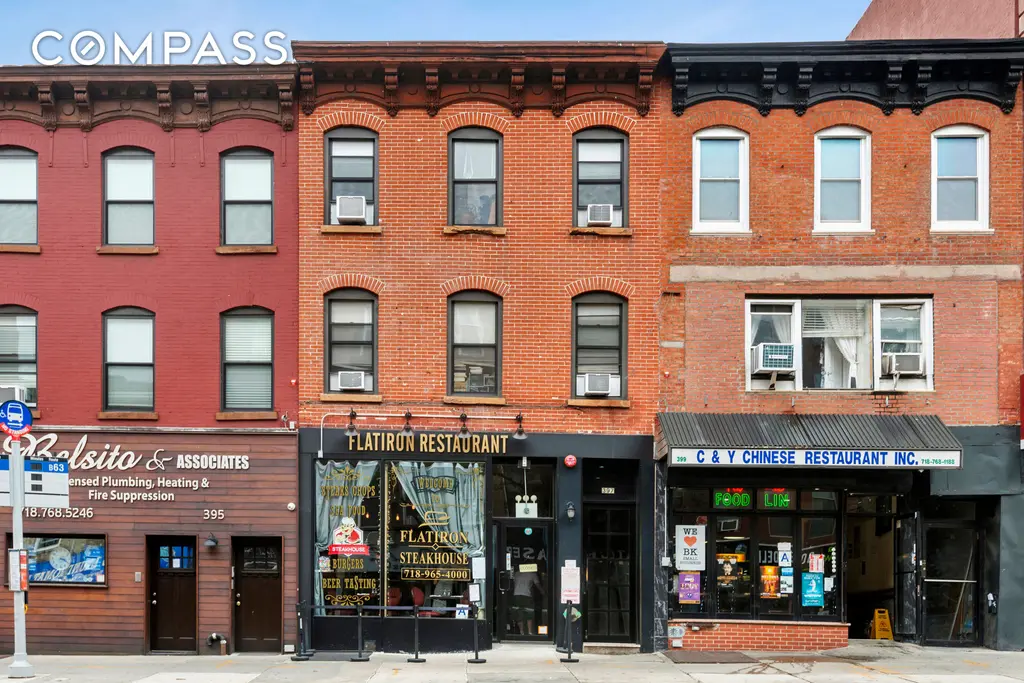
397 Fifth Avenue, # (Compass)
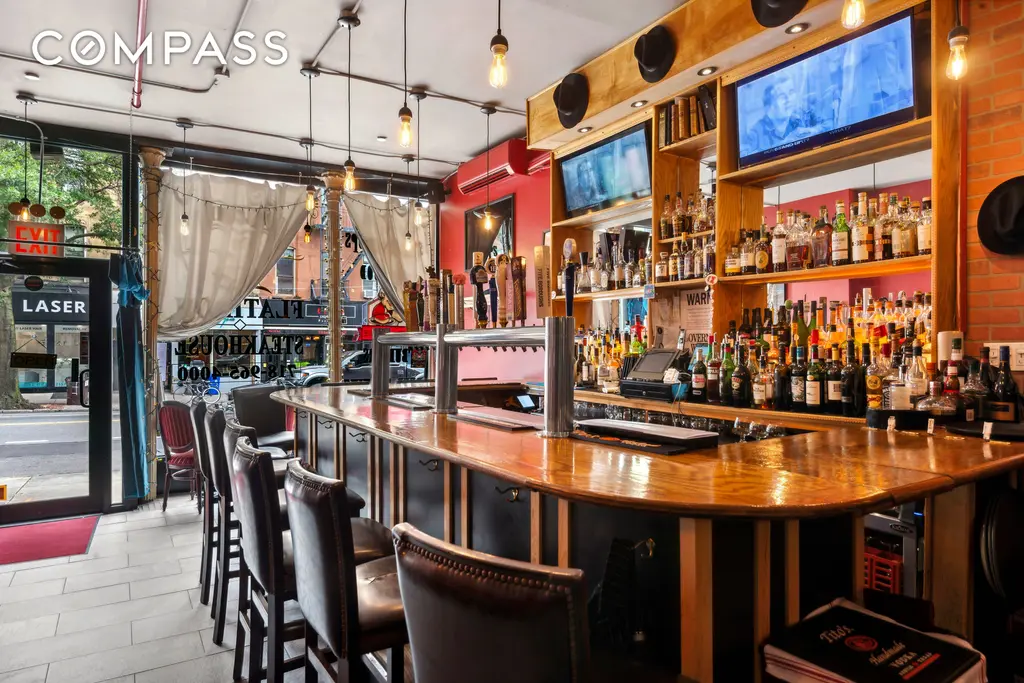
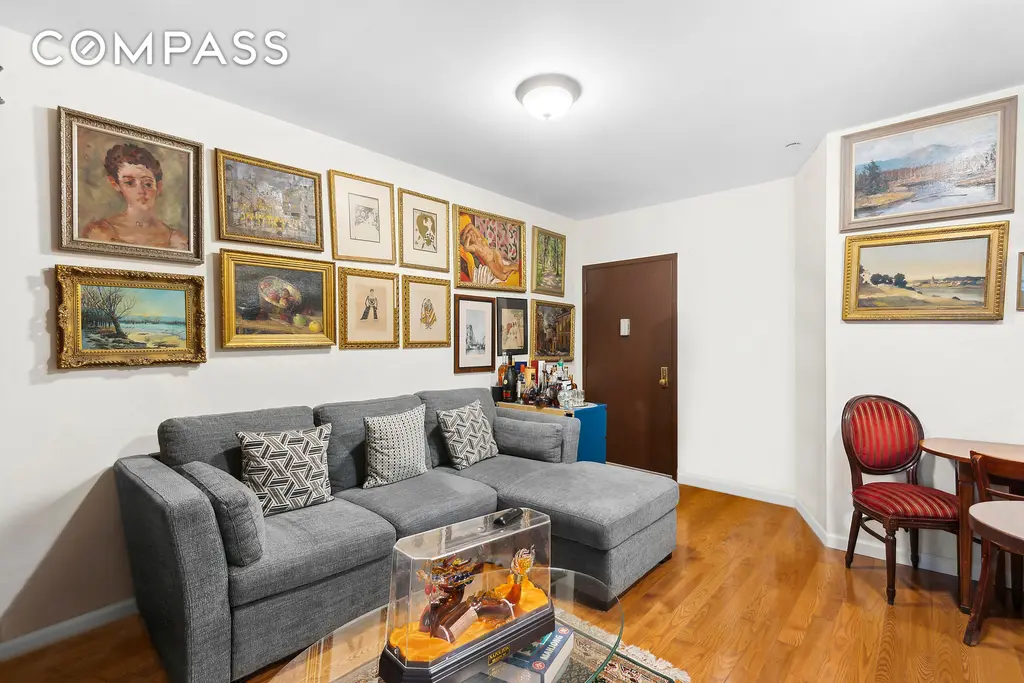
145 Conselyea Street, # (Compass)
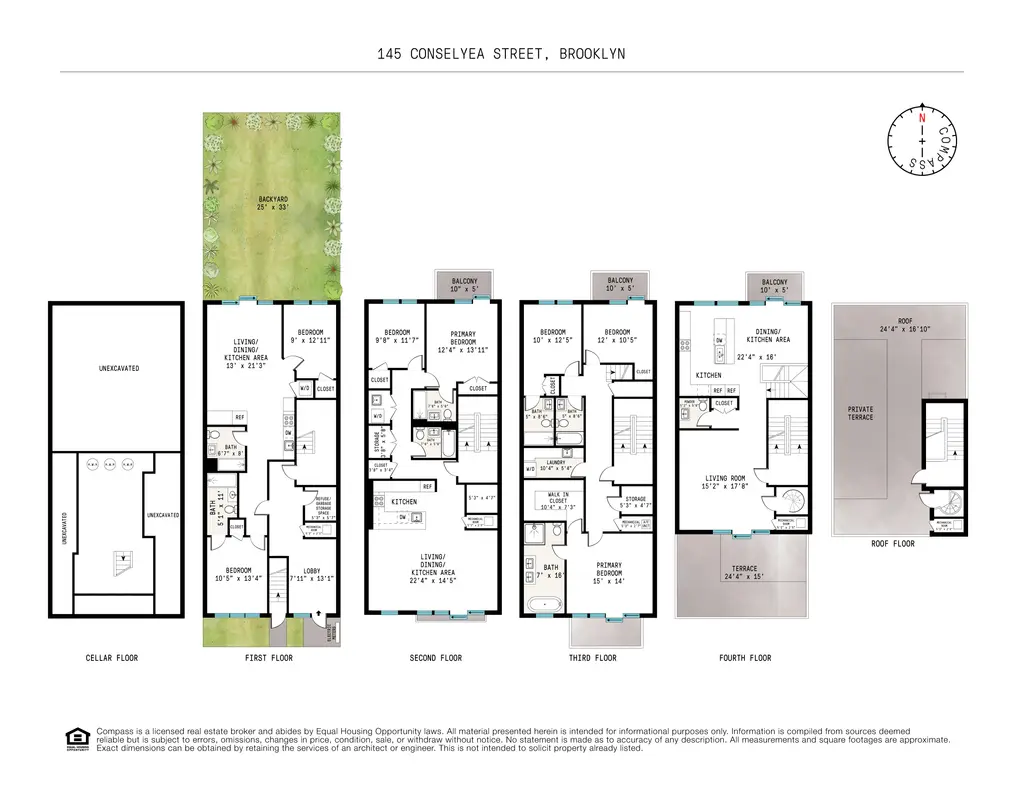
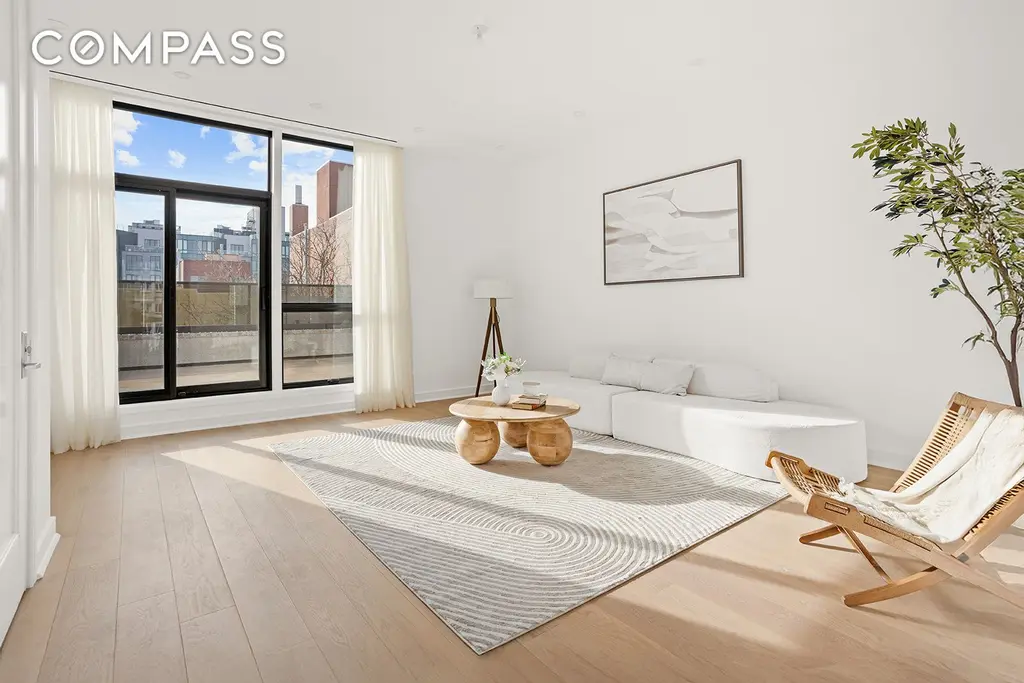
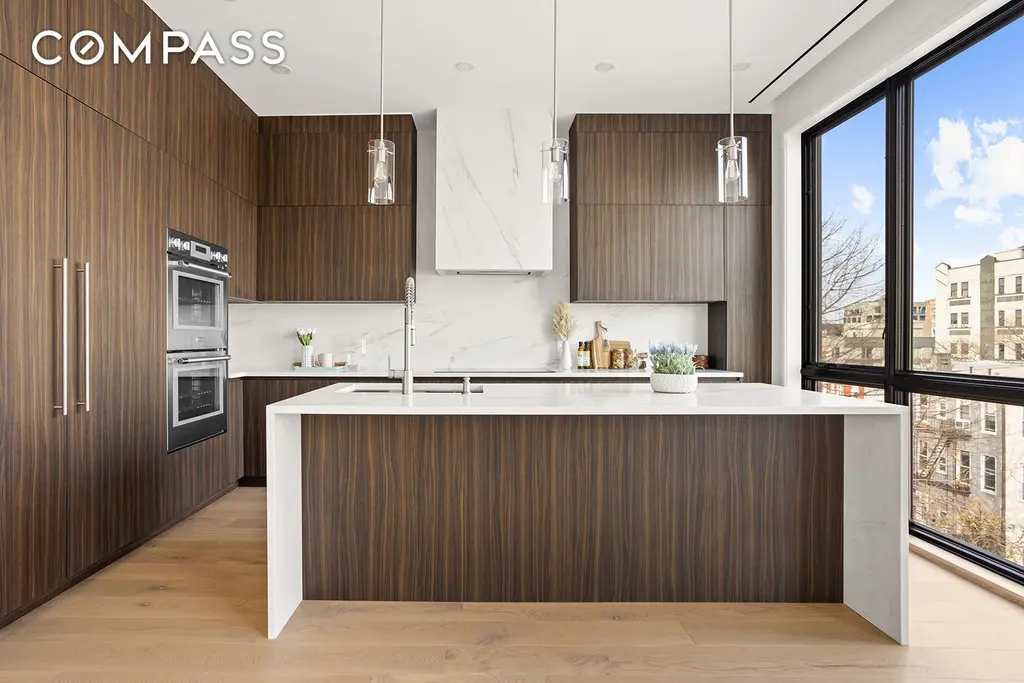
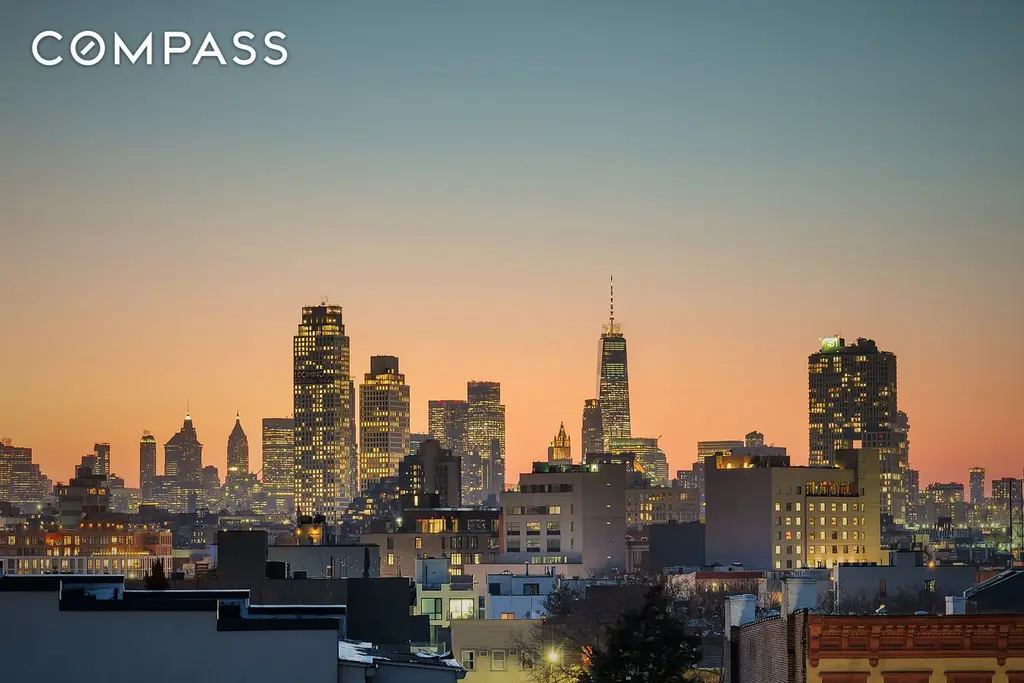
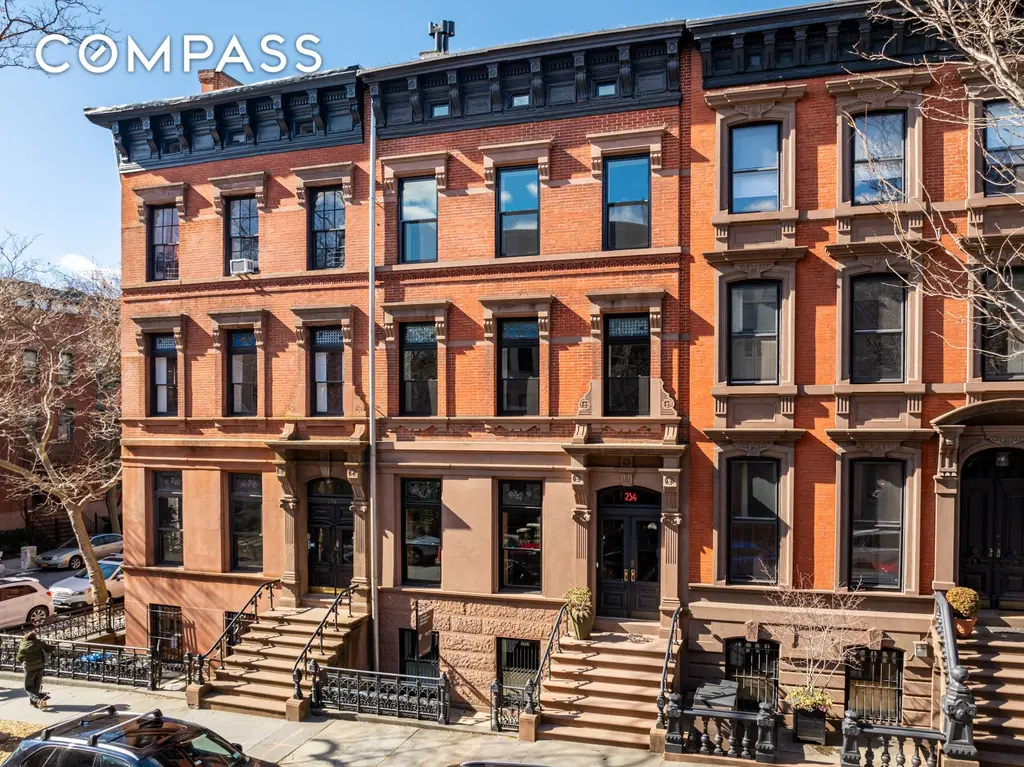
234 Clinton Street, # (Compass)
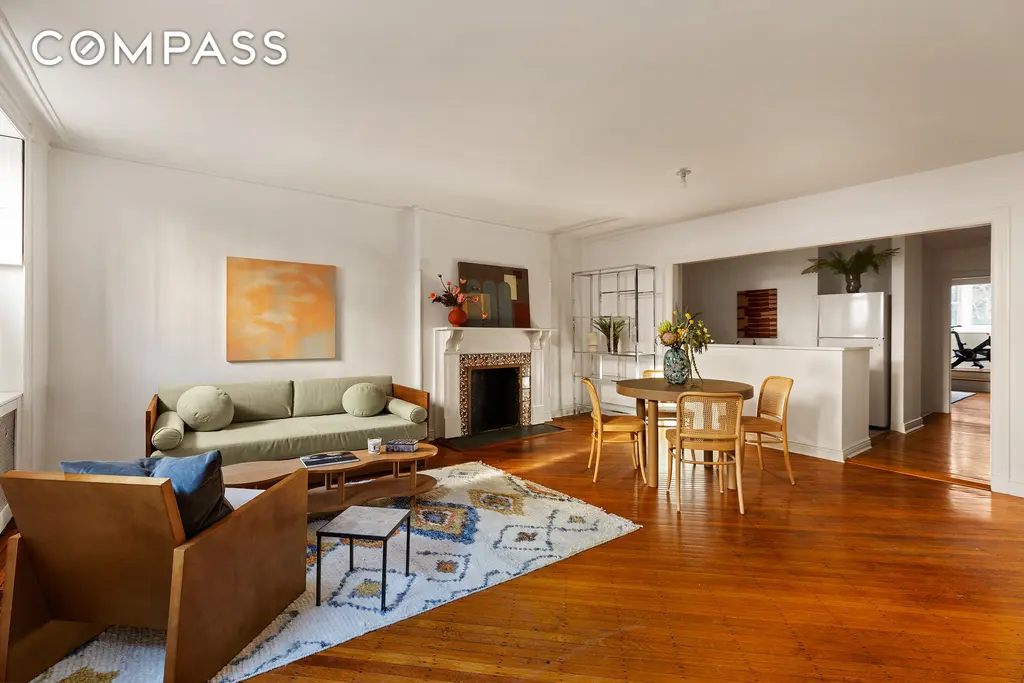
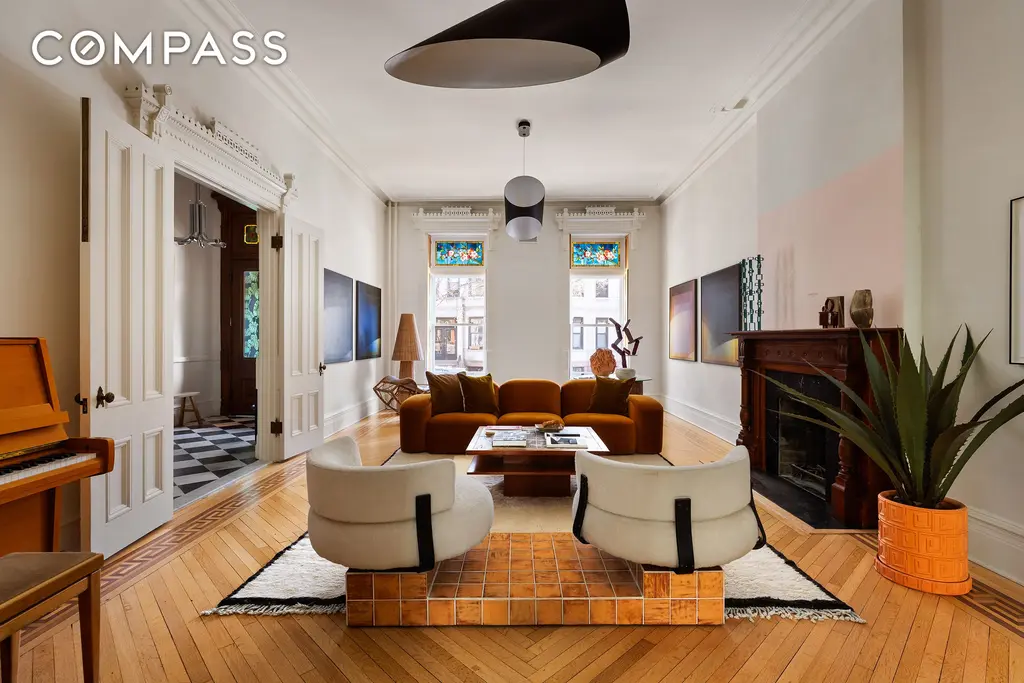
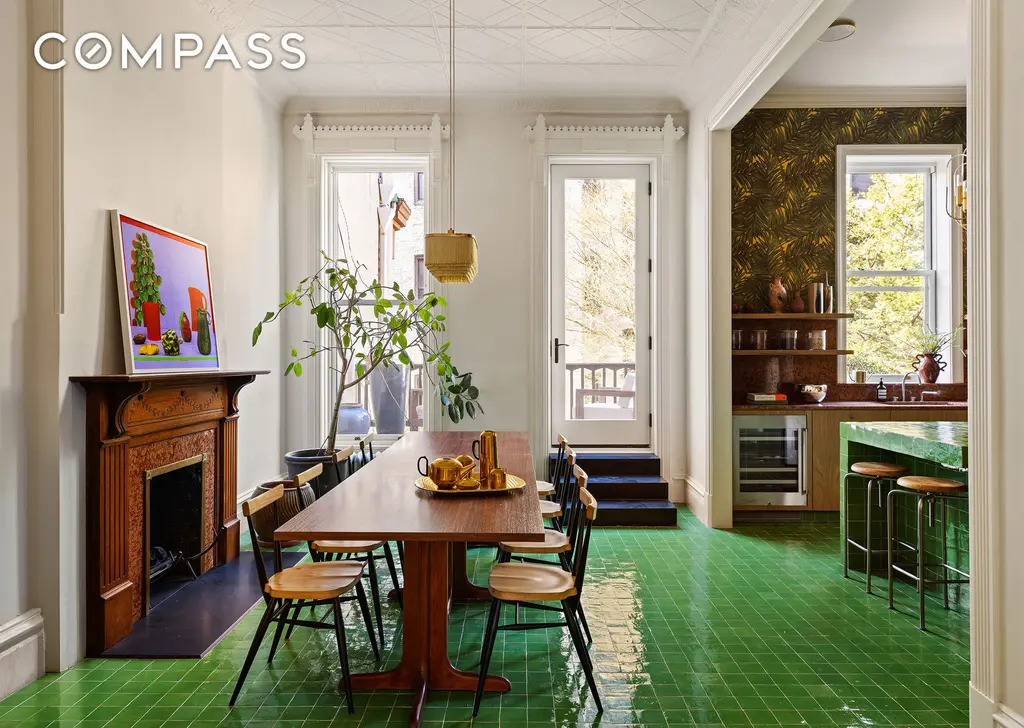
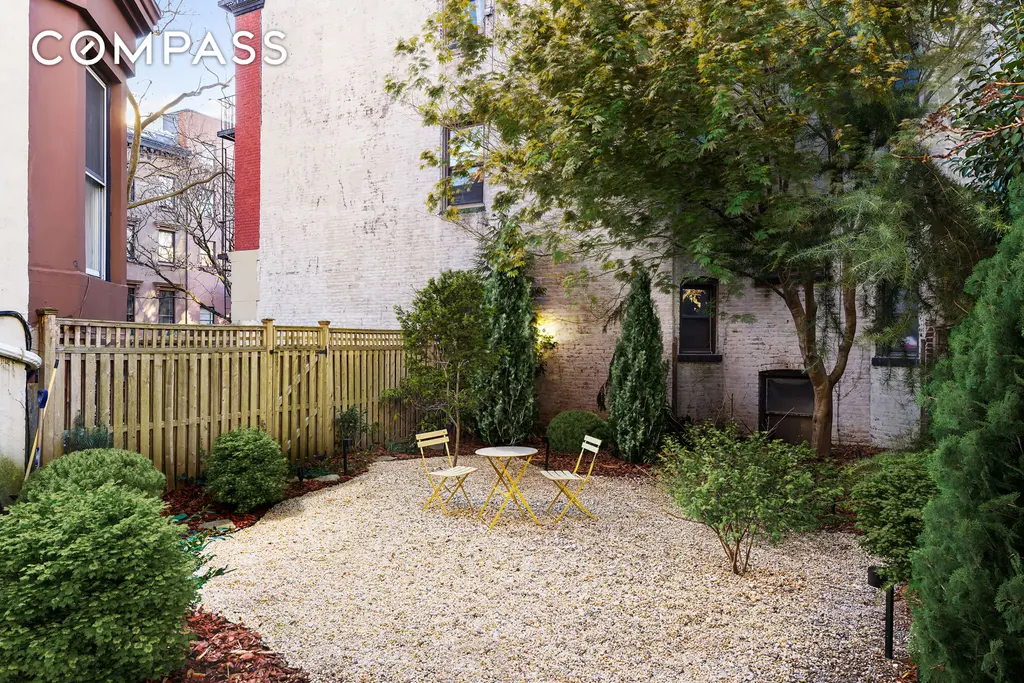
Would you like to tour any of these properties?
Just complete the info below.
Or call us at (212) 755-5544
Would you like to tour any of these properties?

Contributing Writer
Cait Etherington
Cait Etherington has over twenty years of experience working as a journalist and communications consultant. Her articles and reviews have been published in newspapers and magazines across the United States and internationally. An experienced financial writer, Cait is committed to exposing the human side of stories about contemporary business, banking and workplace relations. She also enjoys writing about trends, lifestyles and real estate in New York City where she lives with her family in a cozy apartment on the twentieth floor of a Manhattan high rise.

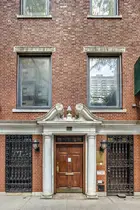


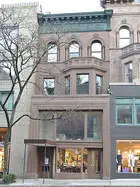
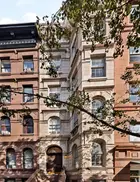
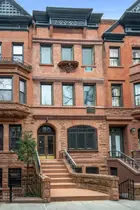
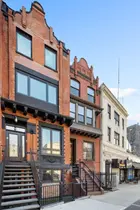

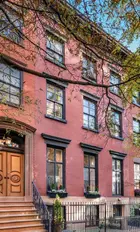

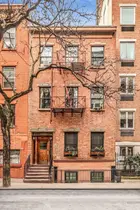
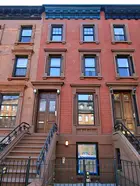

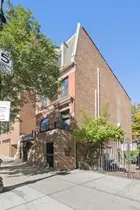


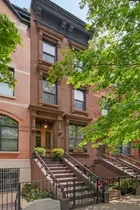



 6sqft delivers the latest on real estate, architecture, and design, straight from New York City.
6sqft delivers the latest on real estate, architecture, and design, straight from New York City.
